Tuesday 29th May
Toyohashi to Himeji by train
We’re off to meet Brett and Kate! We get a lift from Aaron’s neighbour to the train station. We’d looked at getting a cheap train but with 4 connections and 6 hours of travel we opt to use the bullet train, 1 hour 20 mins direct to Osaka!!
We need to go to Osaka first so we can buy a 7 day JR pass for the railway, which for us is only available in Osaka! Pass bought, but with a huge dent in the budget (what budget!!) we get the train from Osaka to Himeji, a local rapid train that takes 1 hour. We walk about 500 meters to our hotel but we can’t book in until 3pm, so much for rushing! We dump our bags and go out for lunch and some retail window shopping. We also decide to attempt dying my shorts khaki green – an absolute disaster!
Later back at the hotel we book in and find out Brett and Kate (to be known as BK from now on) have arrived but are snoozing after their long flight. We decide to take advantage of the hotels Onsen on the 12th floor. After a relaxing soak we rest until early evening and then pop out for a bite to eat. BK eventually surface from their recovery slumber and we finally get together.
Hugs and kisses all around! We last saw BK in Toulouse, way back in 2015 and it’s great to see them again.
Wednesday 30th May
Himeji
Ahh, would you believe it, BK have brought some good old English weather with them! It’s raining this morning and not supposed to stop until early afternoon, so sightseeing is on hold. Instead we do some retail therapy and since BK love outdoor gear shops and have things to buy, it’s a great way to occupy our time.
We gossip and catch up over coffees whilst looking out at the bleak weather. Finally with just a spit of rain in the air we troop up to Himeji Castle.
Himeji Castle also known as the White Heron Castle (Shirasagijo) due to its elegant, white appearance, is widely considered as Japan’s most spectacular castle for its imposing size and beauty and its well preserved, complex castle grounds. The castle is both a national treasure and a world heritage site. Unlike many other Japanese castles, it was never destroyed by war, earthquake or fire and survives to this day as one of the country’s twelve original castles. The castle recently underwent extensive renovation over several years and was fully re-opened to the public in March 2015.
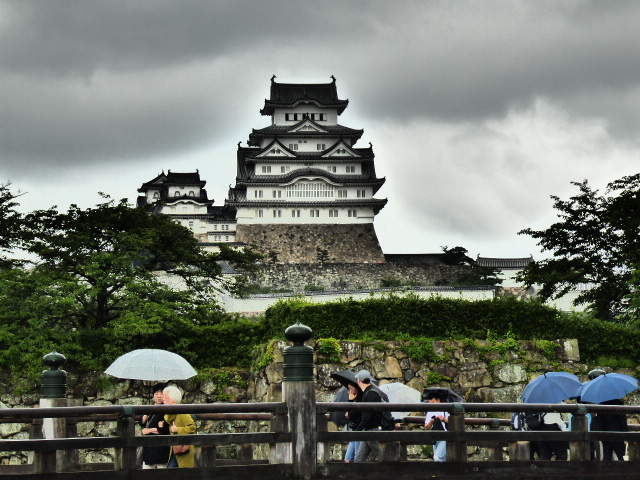
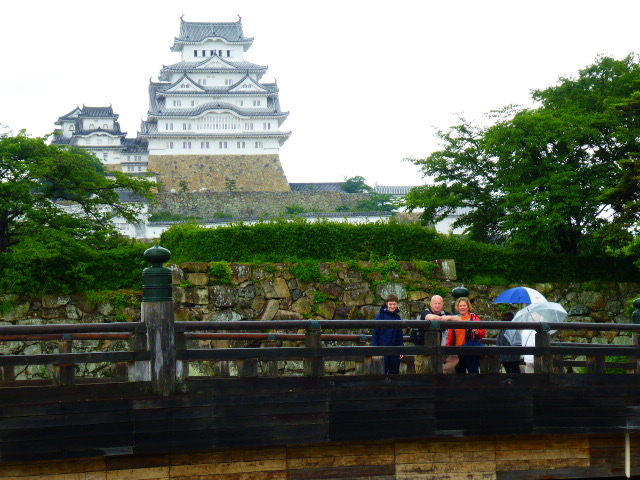


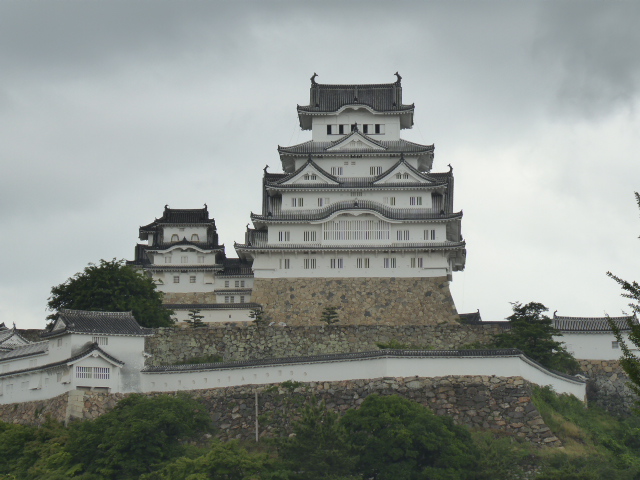

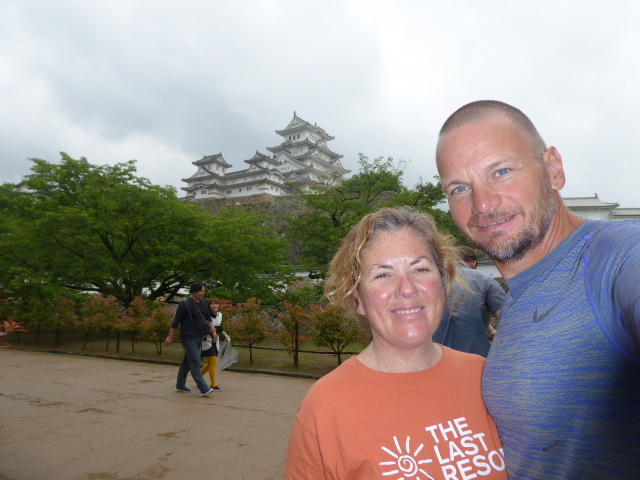




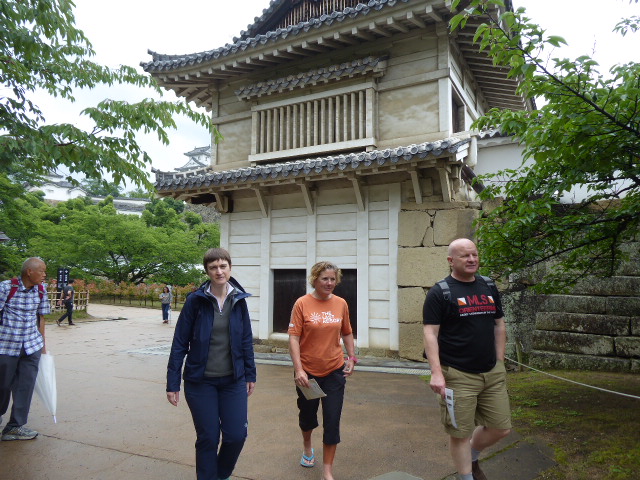

Himeji Castle lies at a strategic point along the western approach to the former capital city of Kyoto. The first fortifications built on the site were completed in the 1400s, and were gradually enlarged over the centuries by the various clans who ruled over the region. The castle complex as it survives today is over 400 years old and was completed in 1609. It is made up of over eighty buildings spread across multiple baileys, which are connected by a series of gates and winding paths.
It’s a mighty impressive castle, set against the dark storm clouds. Well, that’s enough sightseeing for the day, let’s get back to the drinking, gossiping and a good old game of cards!.
Thursday 31st May
Himeji to Takamatsu
This morning we all troop down to breakfast in our hotel pyjamas, we’re really rocking the pyjama look, and fortify ourselves for the day. 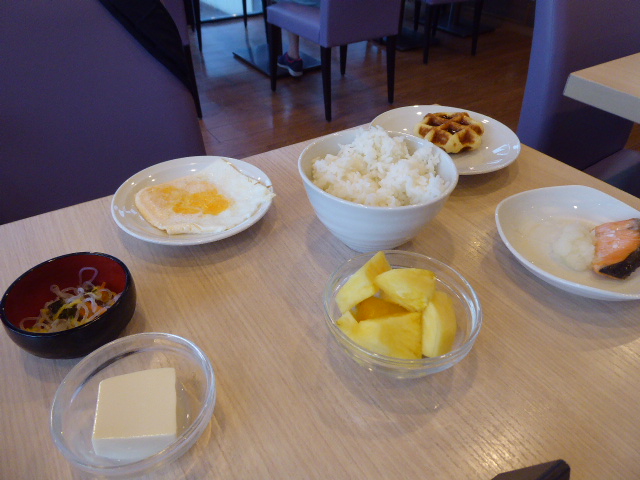
We book out, but leave our luggage so we can do more sightseeing. We catch a bus to the base of Mount Shosha which is the site of Engyoji an atmospheric temple complex with a history of over 1000 years, but more importantly a film location from the Last Samurai! It’s located at the edge of Himeji City, on a big hill, but thankfully there’s a ropeway (cable car) up to the base of the temple complex. We still have a steep walk up around the dark misty forest to the temples themselves, but it’s an amazing sight. We’ve caught the weather just right with BK bringing a fine mist from England to shroud the forest and temples – very atmospheric .
Engyoji’s temple buildings are spread over a spacious, densely forested area on the mountain top. From the ropeway station it takes us 15 minutes to walk uphill to reach the Niomon Gate and another 15 minutes to reach the Maniden, a beautiful wooden temple hall, constructed on pillars on a steep slope. We take our shoes off and wander around the ornate wooden buildings, imagining we are Samurai! Another five minute walk along forest trails brings us to the three massive wooden temple halls, known as Mitsunodo: the Daikodo (main hall), Jikido (lodging and dining hall, now exhibiting temple treasures) and Jogyodo (gymnasium). More buildings and an observation point with views over the urban sprawl of Himeji are located even further along the trails in the Okunoin area.
As we commented earlier, due to the beautiful scenery and absence of modern infrastructure on its temple grounds, Mount Shosha is frequently used as a filming location for historical movies and TV dramas. Besides mostly domestic productions, the Hollywood movie “The Last Samurai” was partially shot on the mountain, incorporating scenes taken around and inside the halls of Mitsunodo. So we’re actually walking in the footsteps of Tom Cruise – awesome!
Back in Himeji we jump off the bus at Kokoen, a relatively recently constructed Japanese style garden, which was opened in 1992 on the former site of of the feudal lord’s west residence (Nishi-Oyashiki). It consists of nine separate, walled gardens designed in various styles of the Edo Period.
Among the gardens are the garden of the lord’s residence which features a pond with a waterfall, a tea garden where visitors can enjoy green tea in a tea ceremony house, a pine tree garden, a bamboo garden and a flower garden. Just to mention, we really don’t enjoy green tea!!
We head back to the hotel and pick up our luggage then pootle over to the train station. Next stop on our sightseeing tour, Takamatsu… well actually it’s Okayama, but only to change trains to Takamatsu. Our first train is a high speed Shinkansen, fondly known as the Bullet Train, for its elongated nose.
They are beautiful to behold, and when they silently scream through the station at high speed you wonder why the British Rail system runs on moldy leaves and occasionally to its timetable!! We switch to a more sedate local train in Okayama and cross the long bridge over the Seto Inland sea to the island of Shikoku and n to Takamatsu. For those of you that haven’t worked it out, Japan is an island nation, and there are lots of islands. The archipelago consists of 6,852 islands (“island” defined as land more than 100 m in circumference), of which 430 are inhabited. The four main islands, from north to south, are Hokkaido, Honshu, Shikoku, and Kyushu; Honshu is the largest and referred to as the Japanese mainland.
Tonight we’re in different hotels as we are making a vain attempt to keep our costs down. BK are in another Dormy Inn whilst we are in a hostel but actually it’s very comfortable, the showers efficient and hot and we’ll only be sleeping in it.
As an added bonus our hostel is above a bar, so we enjoy a refreshing beer before heading out to meet BK for our evening meal. Yet again we have fun ordering various snack dishes from the Japanese language menu, murdering our food with chopsticks and then trying to work out what we’ve actually ordered!!
It really is a voyage of discovery!
Friday 1st June
Takamatsu and Naoshima Art Island
This morning we’re all catching a local ferry to the small island of Naoshima.
Naoshima is an island in the Seto Inland Sea that is known for its modern art museums, architecture and sculptures. Part of Kagawa Prefecture, the island with its Mediterranean atmosphere, sandy beaches and sunny weather, combined with a laid back, rural feel is a relaxing getaway from Japan’s large urban areas such as Tokyo and Osaka.
Much of Naoshima’s art was installed by the Benesse Corporation, which oversees art museums, installations and sculptures both on Naoshima and on neighboring islands. Benesse’s museums were designed by the well known Japanese architect Ando Tadao and include the Chichu Art Museum, Lee Ufan Museum and all the buildings of the Benesse House. In addition, Naoshima’s municipal buildings and schools were designed by the modern architect Ishii Kazuhiro.
The sun is shining at last and it’s a beautiful crossing ; just one hour with scenic views over the many islands, bridges and fishing boats. We spend the whole crossing playing cards on the top deck. In our defence we are playing our favourite game, Nominations, and with a rolling score sheet for the whole of BK’s visit, a very important part of our time. B (he of BK fame), has been steadily falling behind and needs every opportunity to recoup some points, but yet again the cards are not in his favour and it’s Kate who maintains and extends her early lead!
We hire some folding 6 gear bikes with 20” wheels when we get to Naoshima and with the sun in our hair cycle off to check out the island and it’s may art installations. First stop a large red and black pumpkin at the terminal! This is Kusama’s first pop art installation, one of the most acclaimed Japanese artists, a precursor of Pop Art and she influenced Andy Warhol as well as Claes Oldenburg. From the terminal we cycle on. There’s golden beaches, pine forest covered hills and…. Wait! Did I just say hills?? 6 gear mini bikes are not hill climbing machines, whose idea was this! Breaking out into a fine sweat was not on the agenda today!
On the beach near Tutsuji-so we see Kusama’s most famous yellow pumpkin, overlooking the sea with the numerous islands as a backdrop. It’s definitely worth visiting.
After more art/sweat we descend into Honamura village, a beautiful quaint town on the northern coast. We decide to stop for lunch, and boy, we aren’t disappointed with the quality of the food. They even have an English menu for us non Japanese speaking tourists!
Honamura village is home to 9 art house projects, or old abandoned buildings that have been artified by local and internationally recognised Japanese artists (go on I dare you to name one, we couldn’t!!). We don’t have time or really the arty inclination to visit them all so BK visit one and we visit another that has a statue of liberty inside! We weren’t actually supposed to take photos so don’t tell anyone!
On the ferry trip back we reminisce about the many beautiful things we have seen today. No we don’t! We play more cards!! On our arrival back in Takamatsu we still have more sights to see. Takamatsu castle is next, also known as Tamamo Castle, it was built in 1590 adjacent to the Seto Inland Sea. It is one of the few Japanese castles built along a waterfront, and features saltwater moats that draw directly from the sea. The Ikoma Clan ruled from the castle for 54 years before their fief was given to the Matsudaira Clan, relatives of the Tokugawa Shogun, who kept the region for the remainder of the Edo Period. Exciting stuff hey!
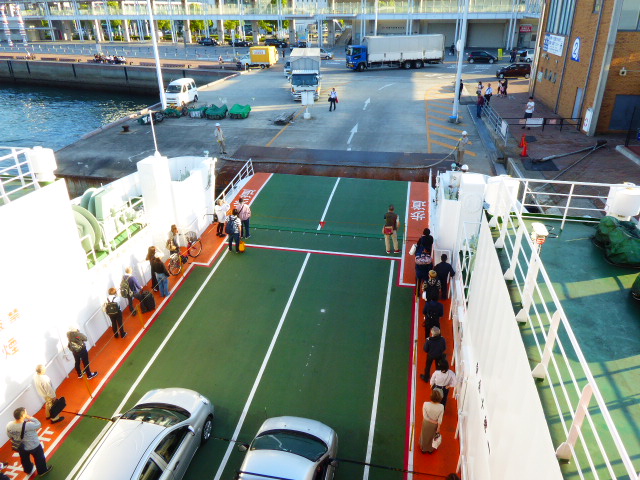

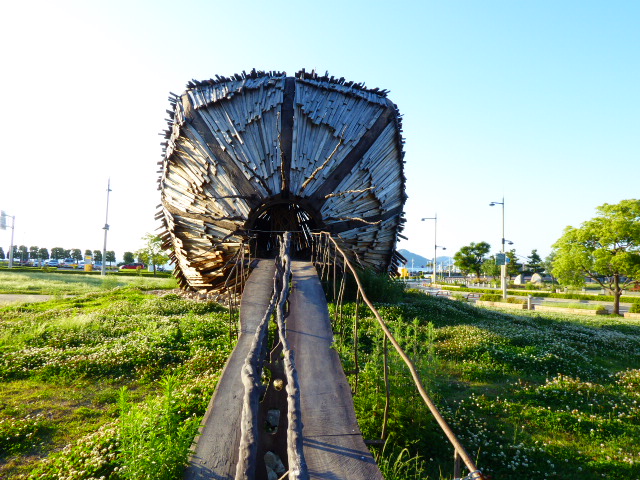

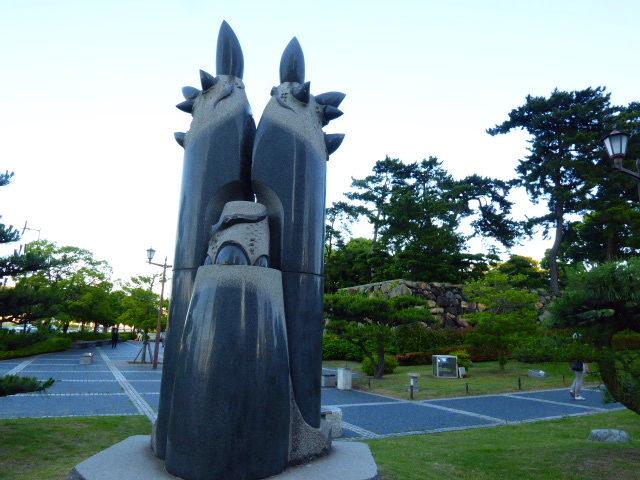

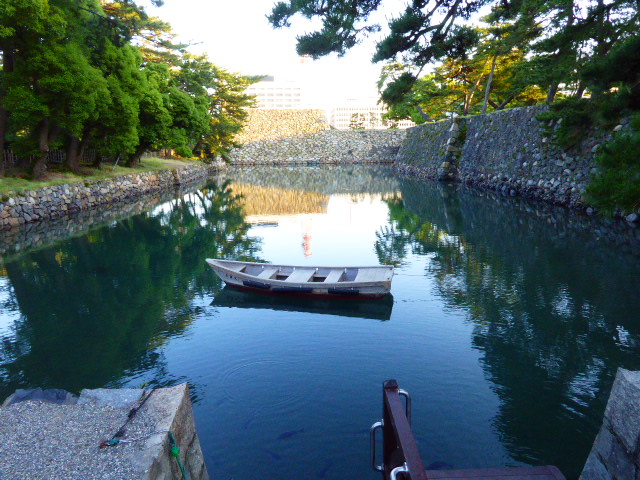


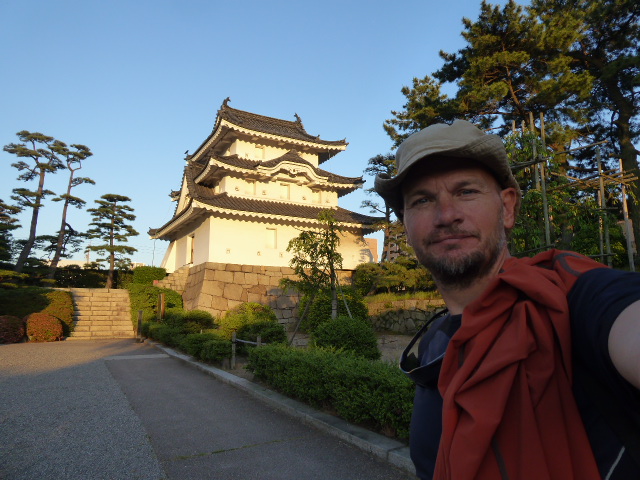
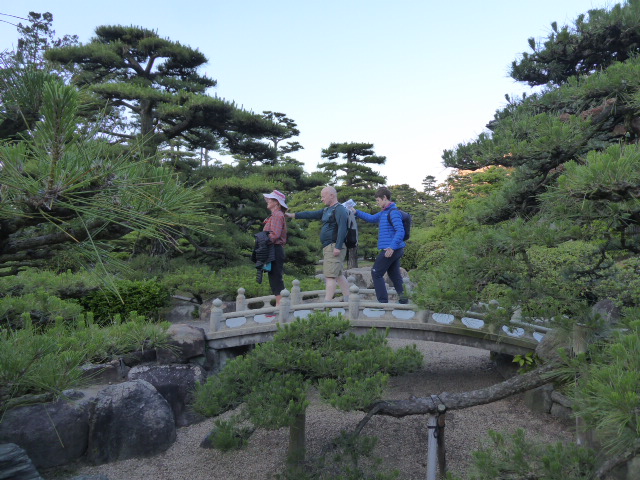
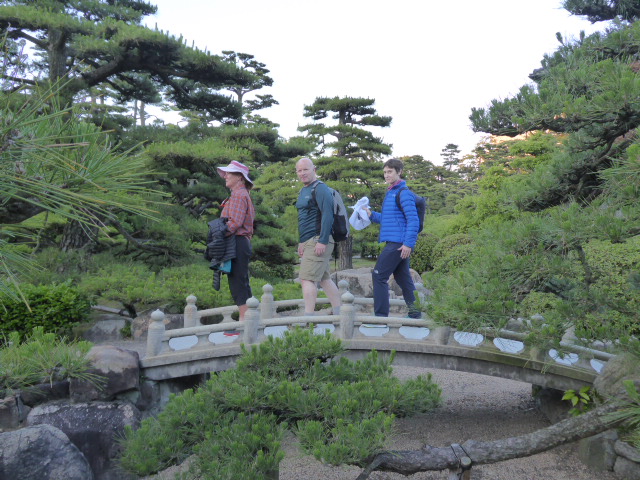


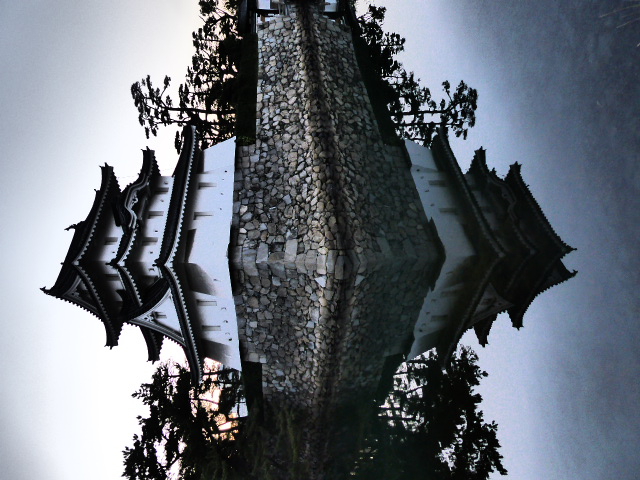
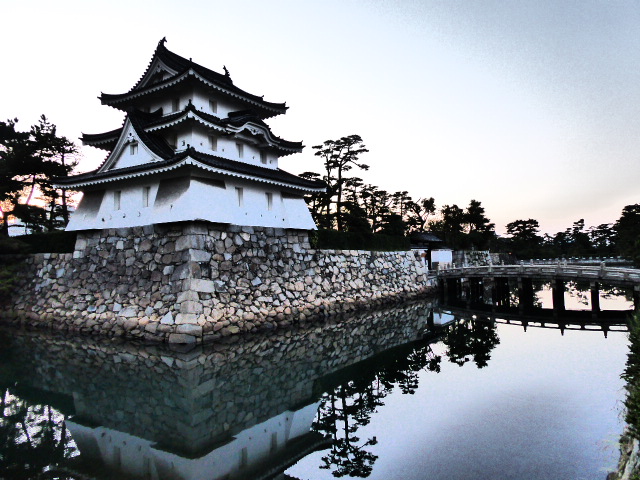
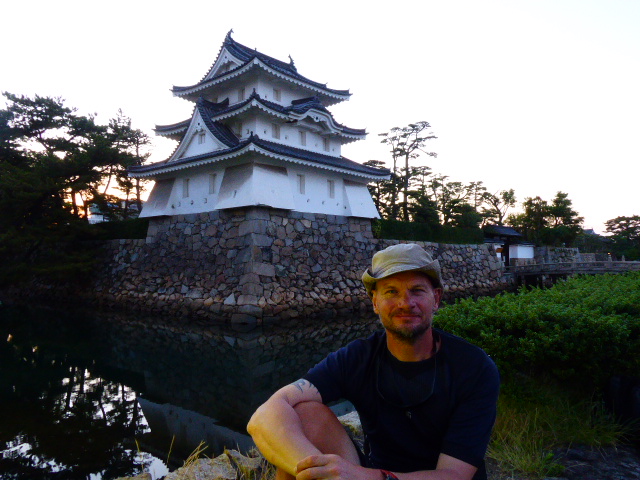
Takamatsu Castle’s keep was destroyed during the Meiji Period, but there are plans to reconstruct it in the future. A first step towards this goal was achieved in 2013 when the restoration of the castle tower’s foundation was completed after many years of work.
All sightseeing completed we decide to try out one of Japan’s top fast food joints, Sukiya. This noodle, rice bowl restaurant is a refreshing change to our normal deliberations over unfathomable menus, with not only an English menu, but pictures too, they’ve obviously decided to take pity on us. And it’s another delicious meal (nearly all our Japanese food experiments have been great – just don’t mention the wet smelly mouth popping fish eggs (roe)).
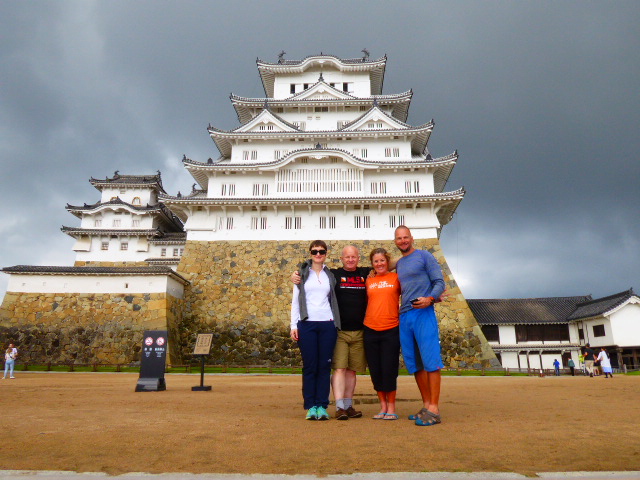
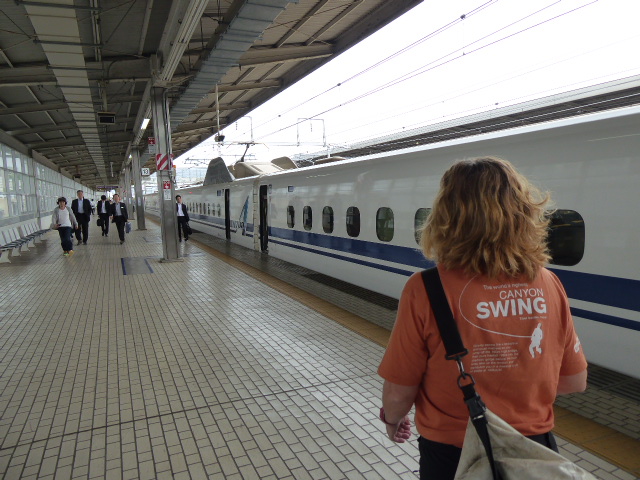

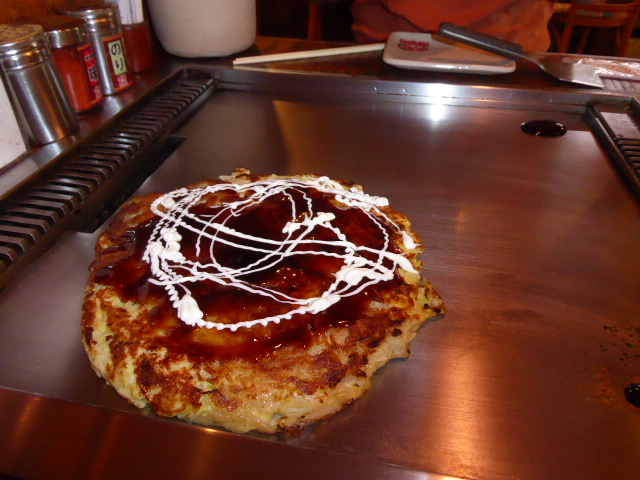
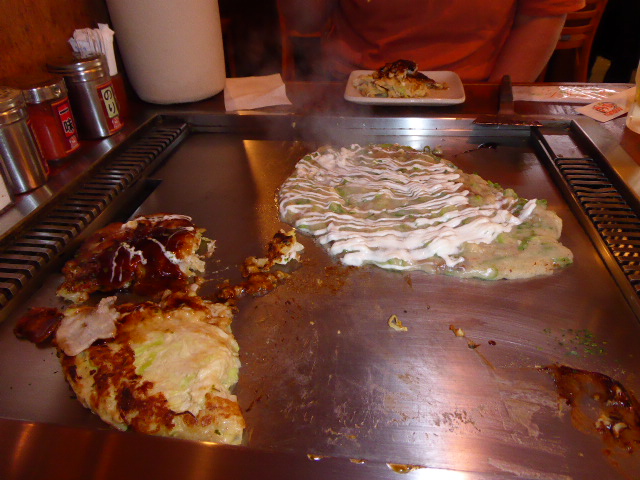

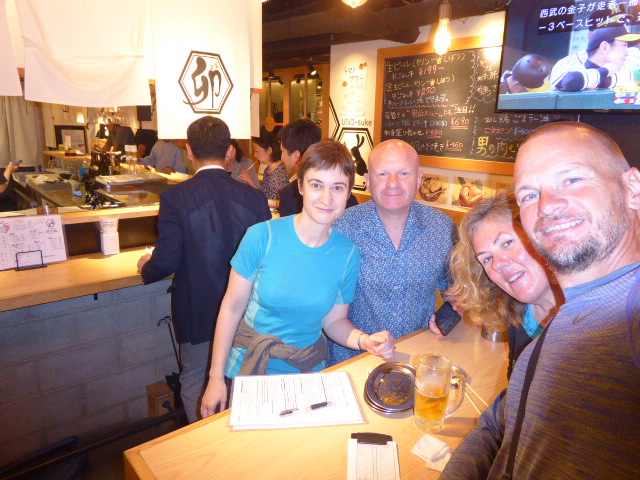

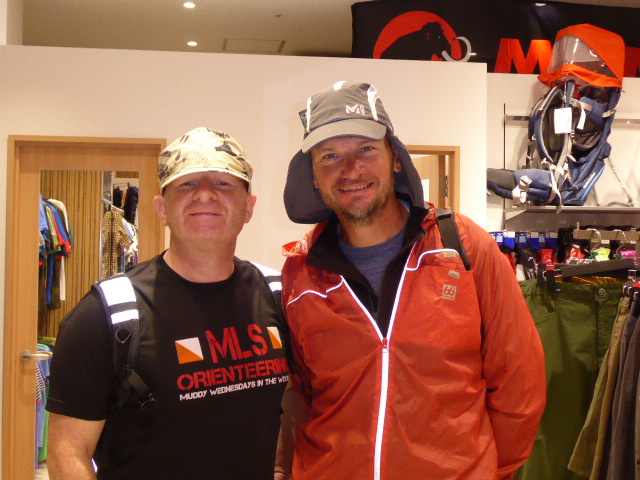

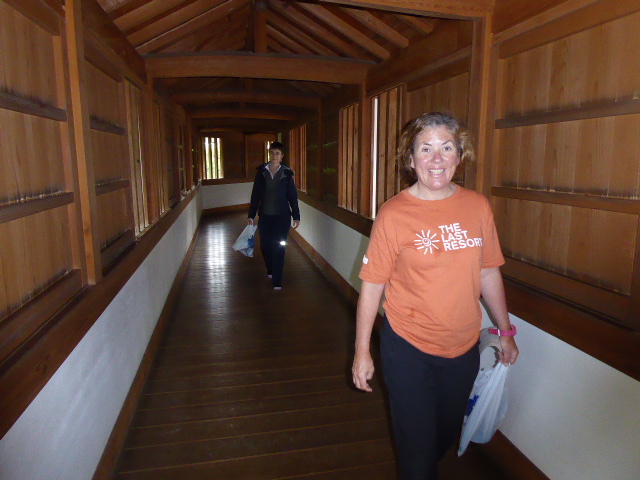


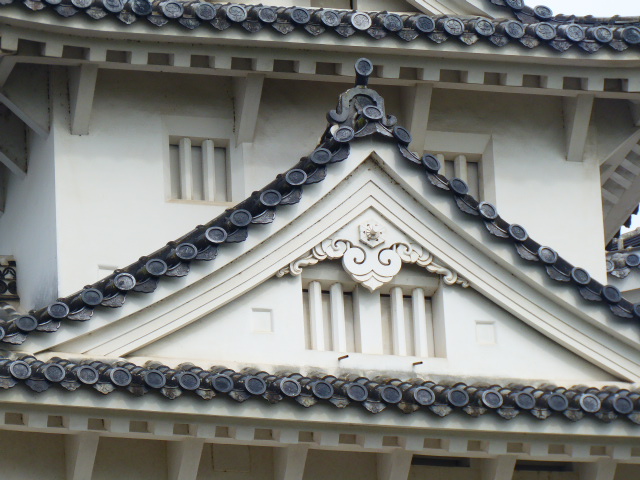
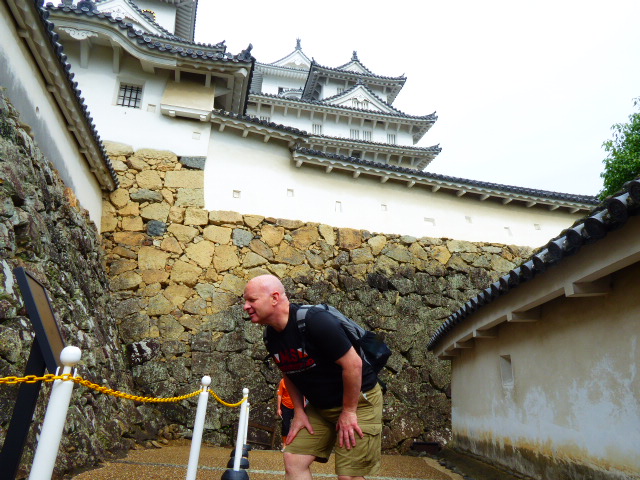

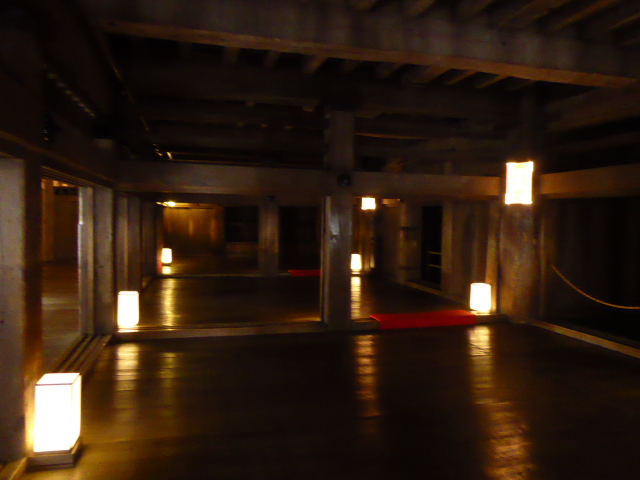
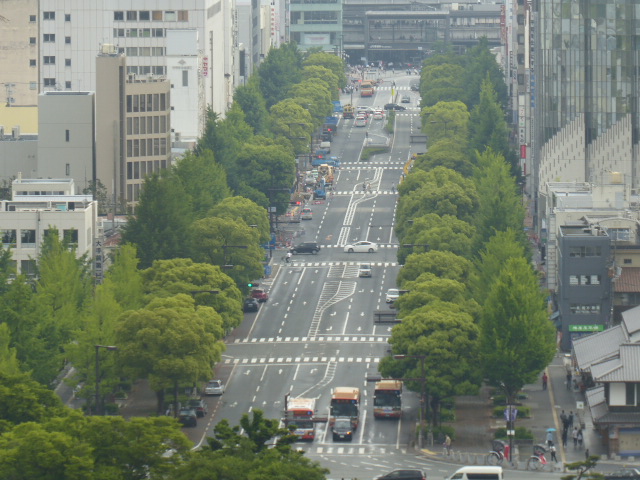

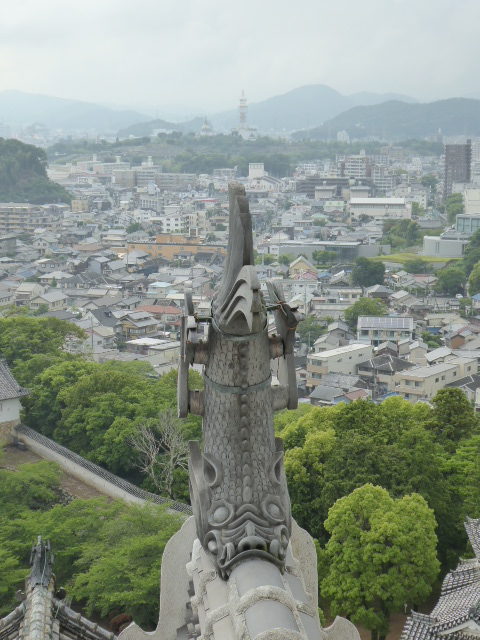



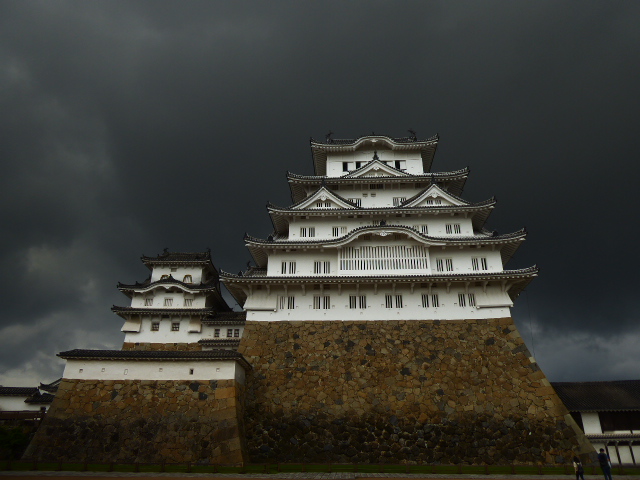
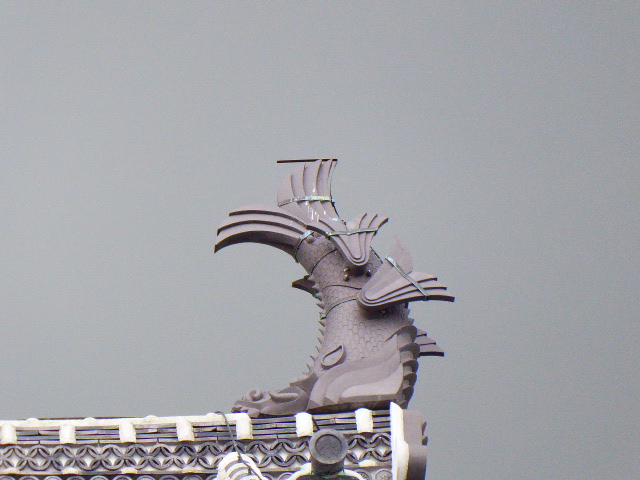
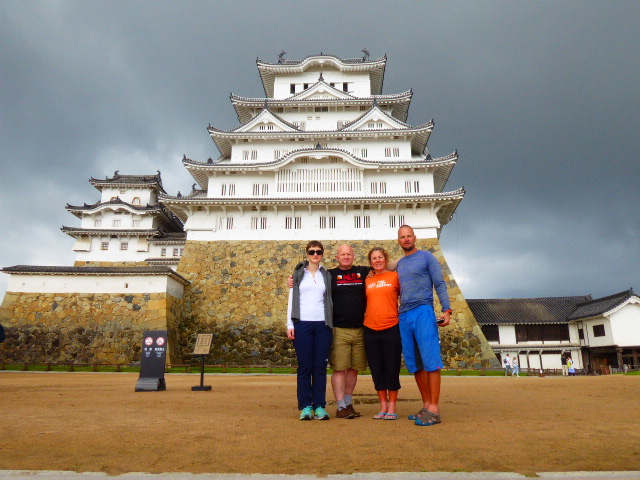
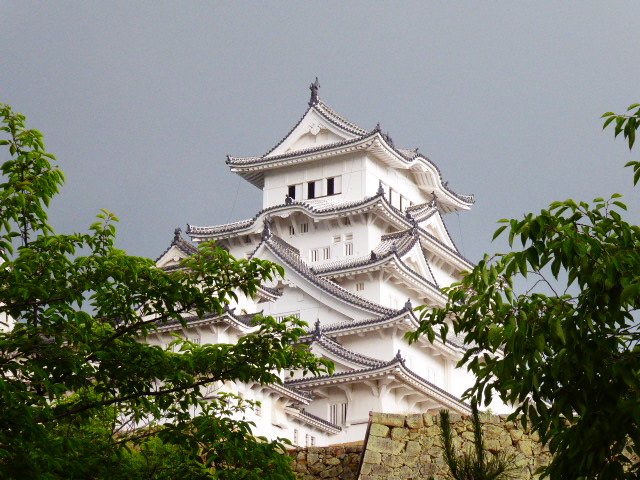
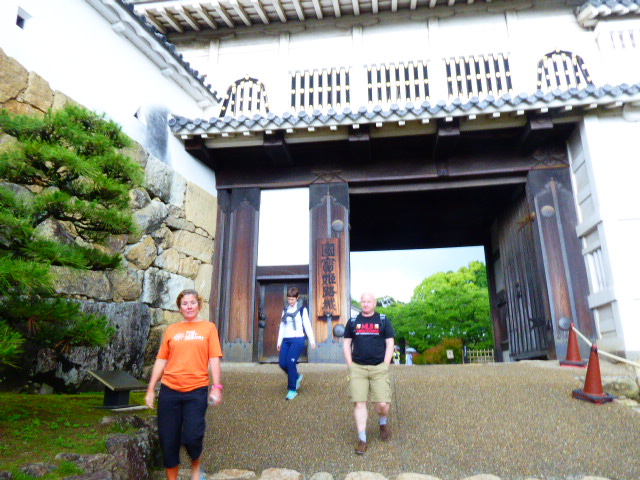

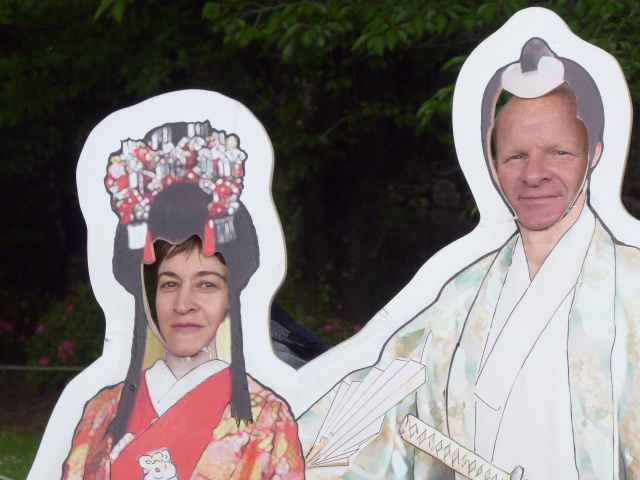
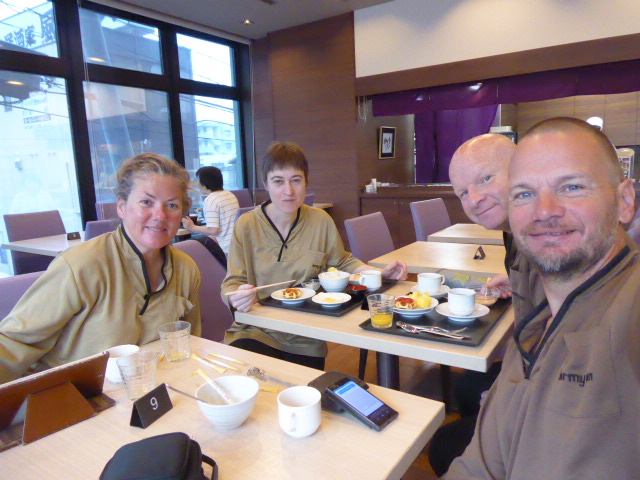



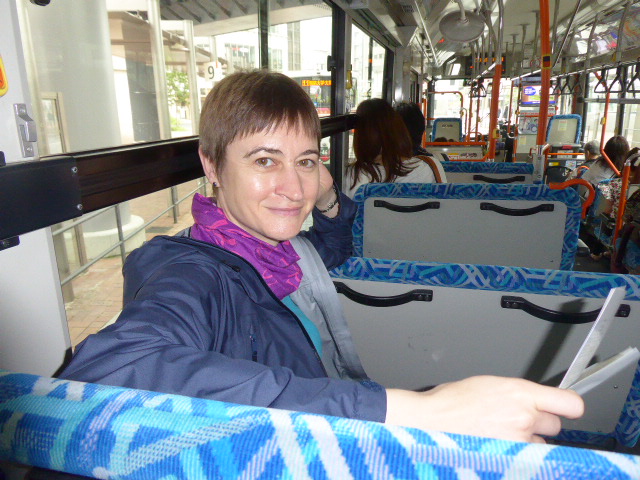

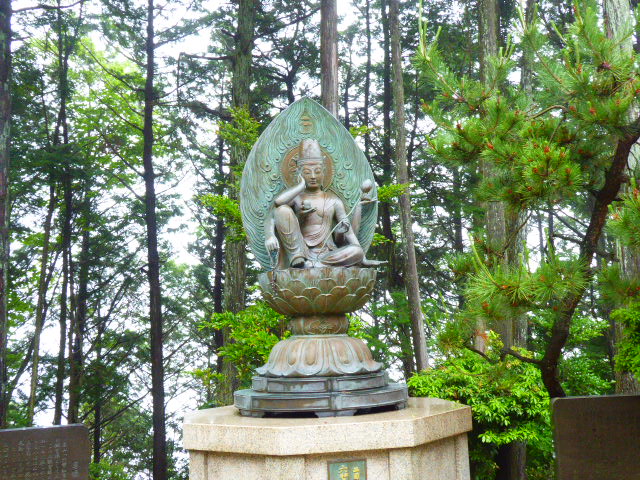



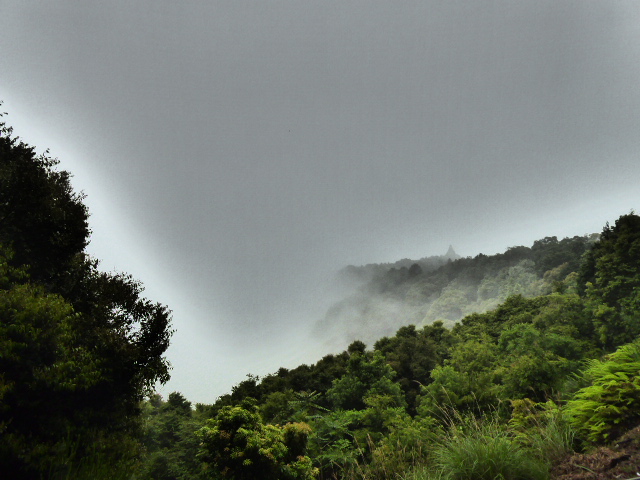
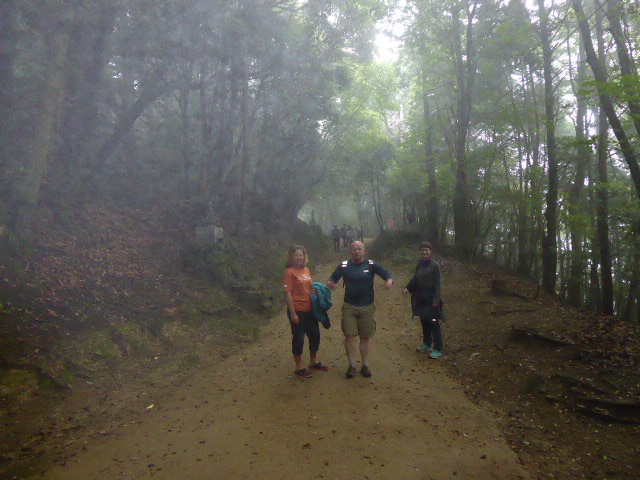
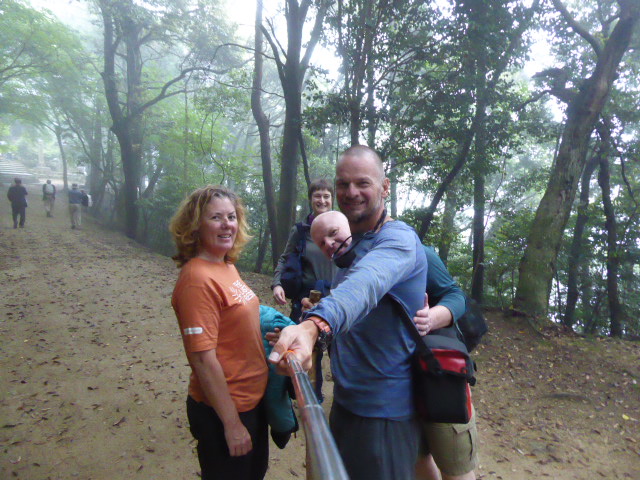

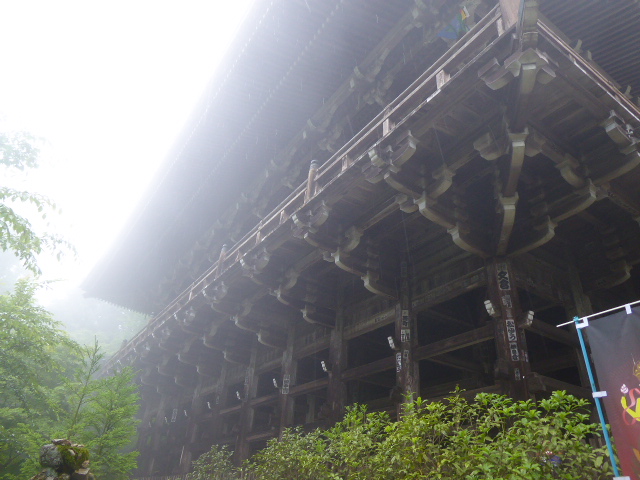
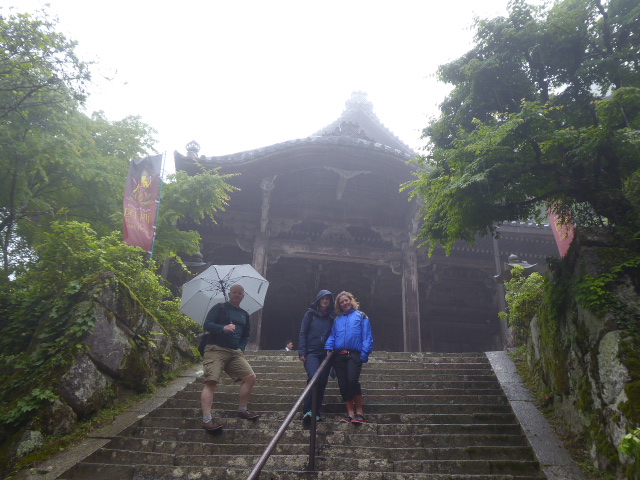

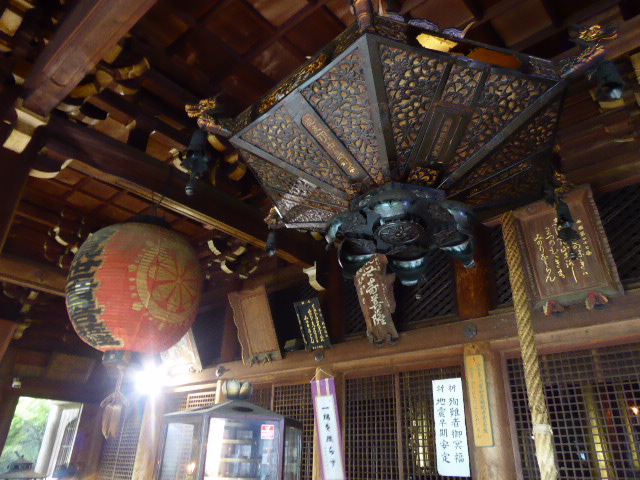
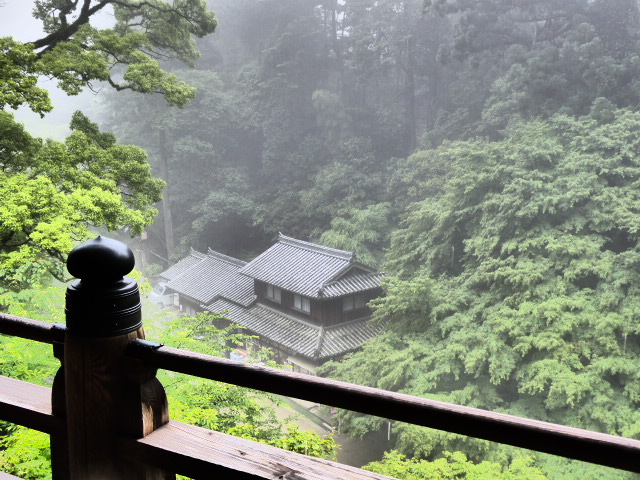
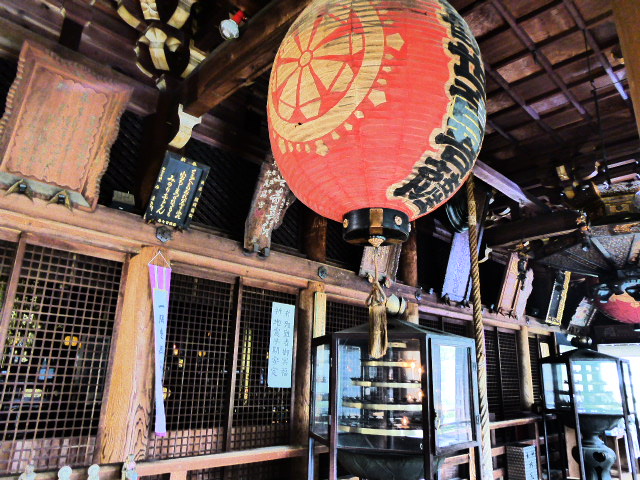

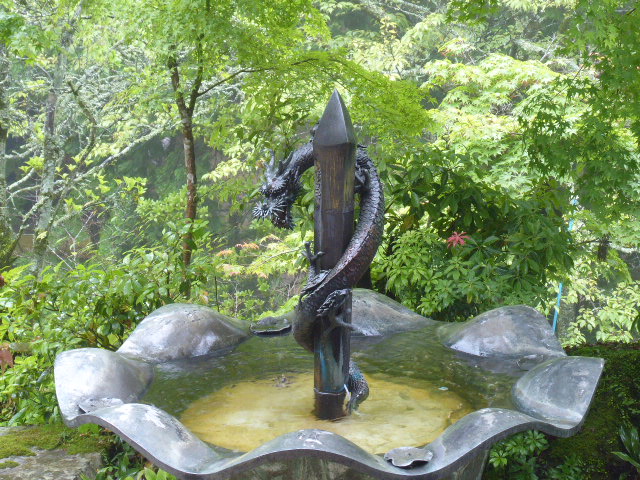
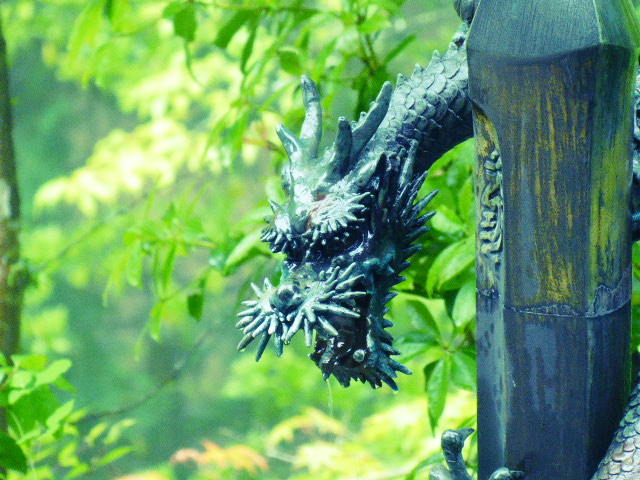
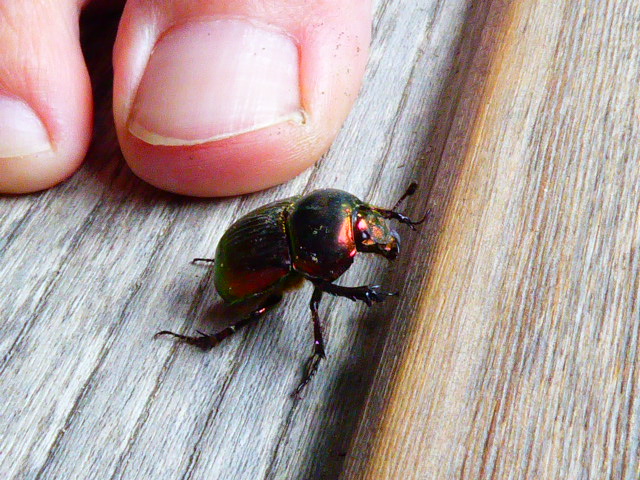


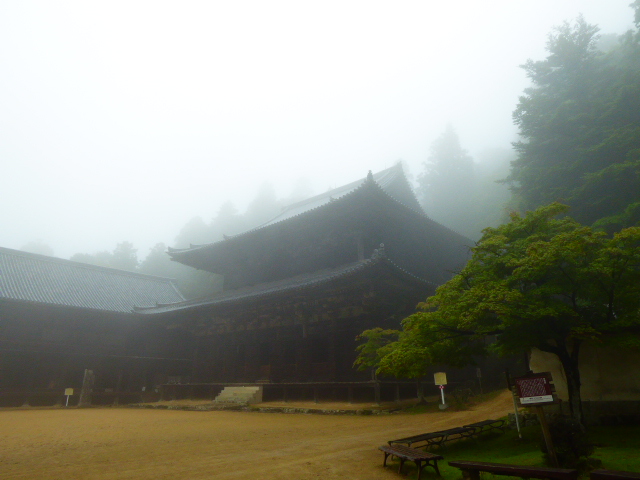


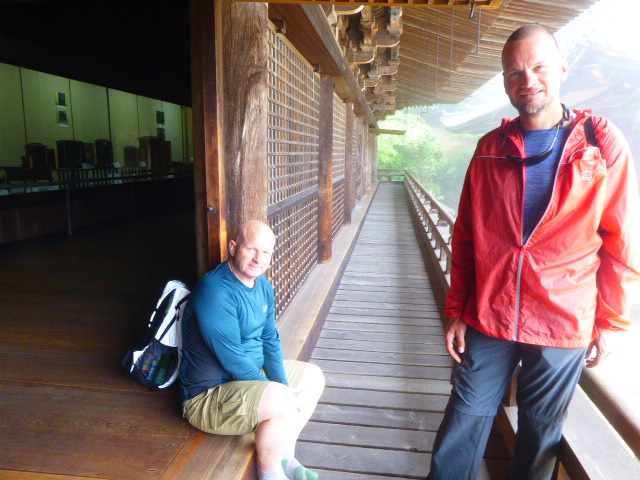
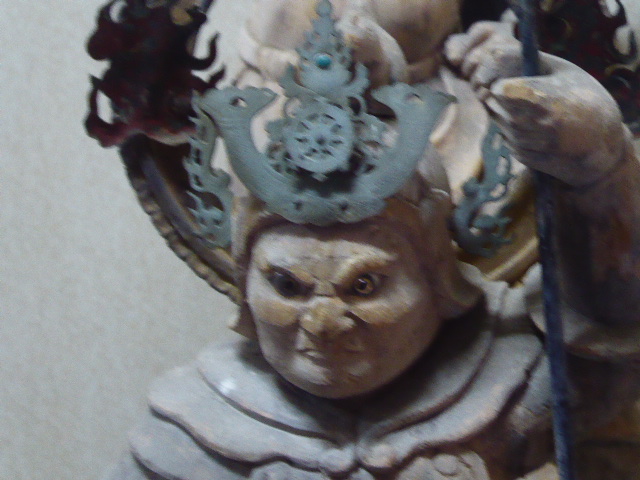
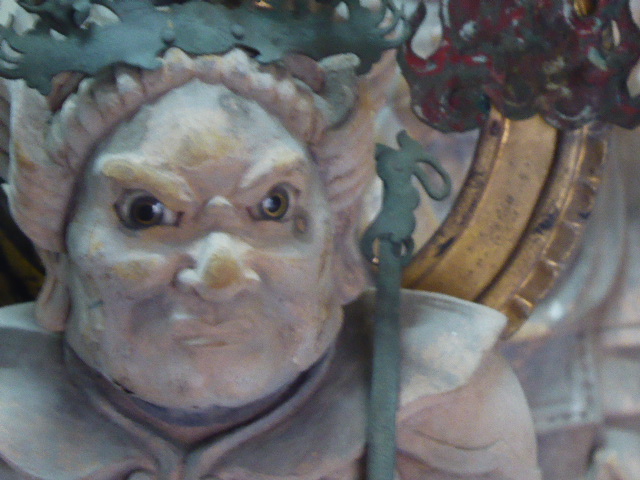
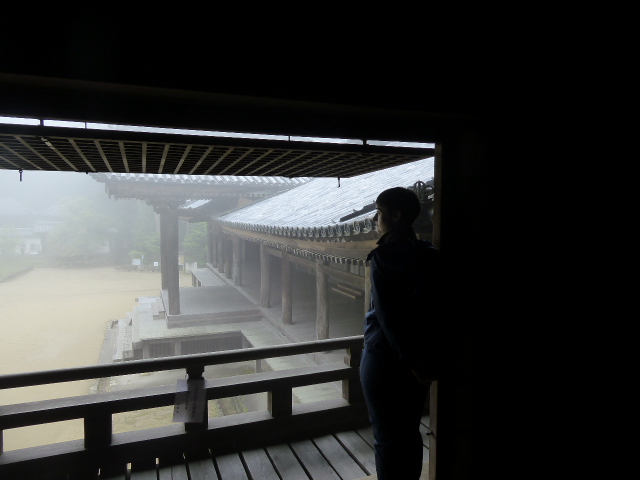

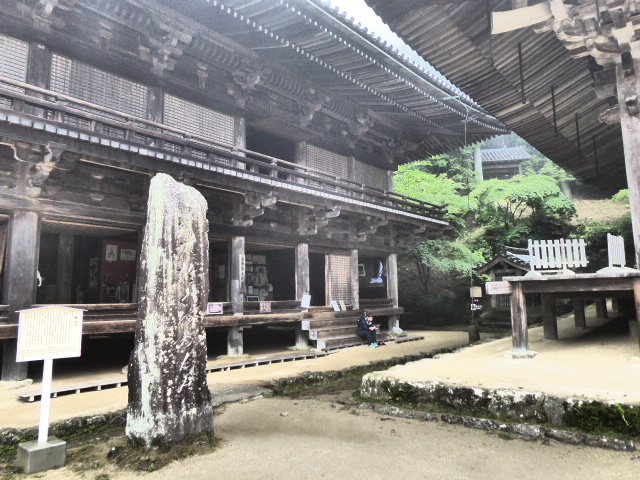
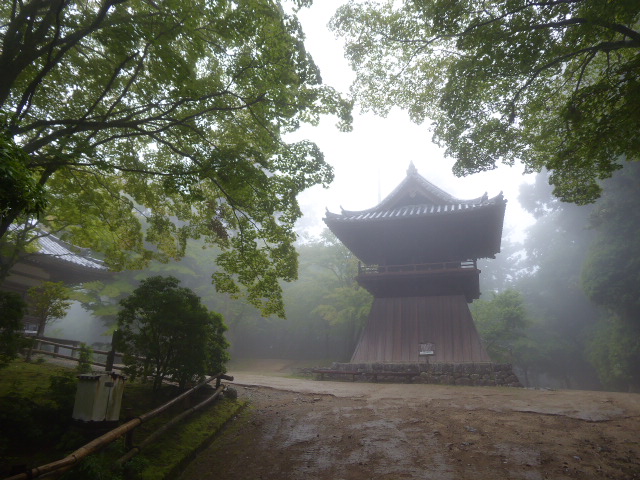

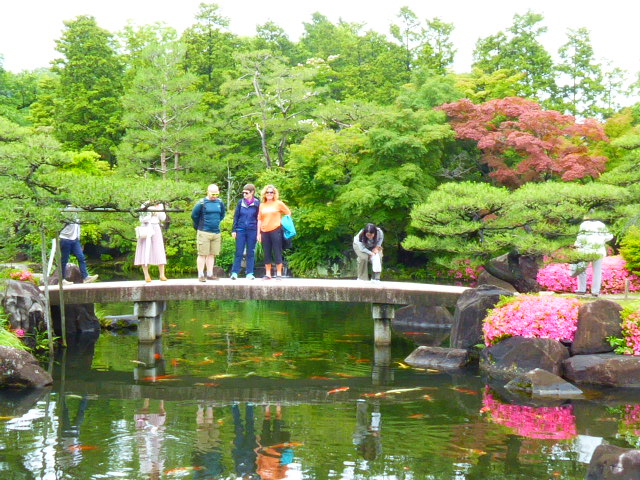
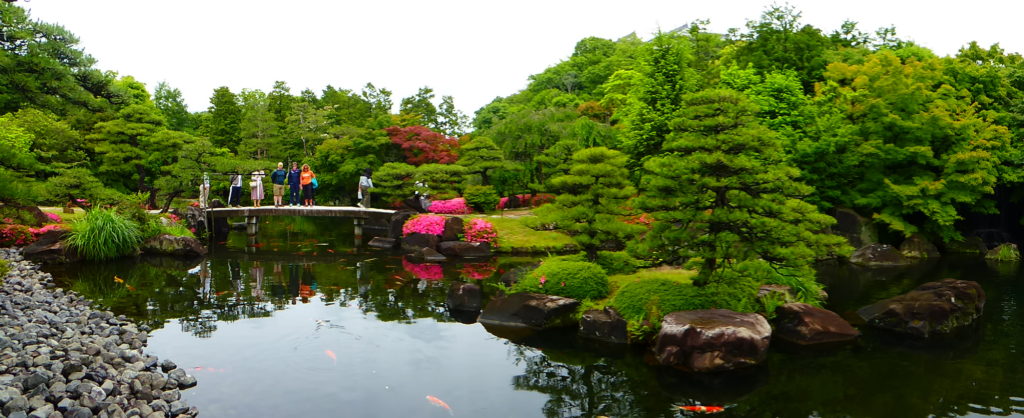
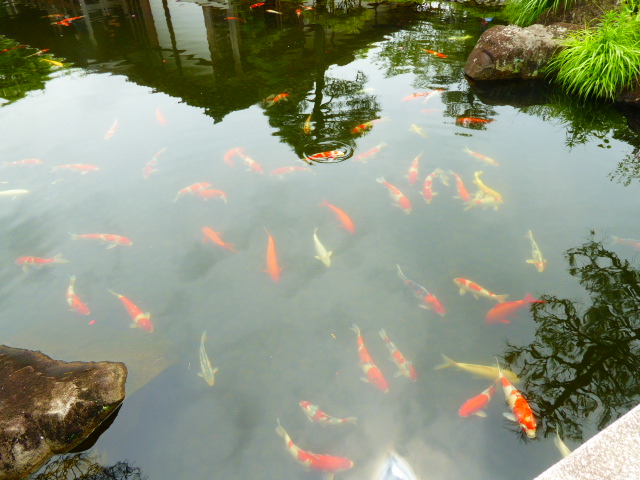
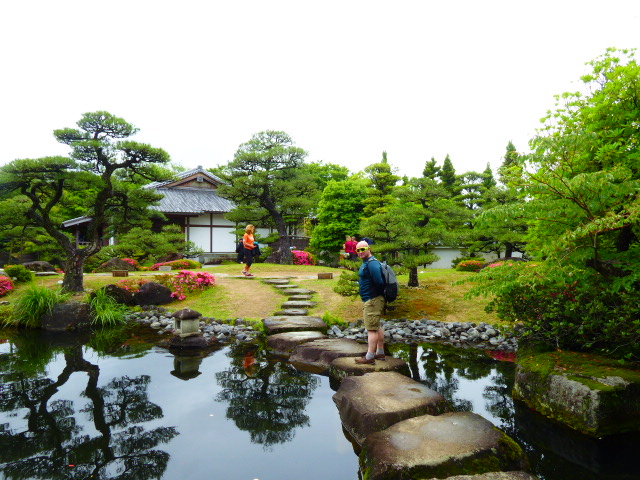

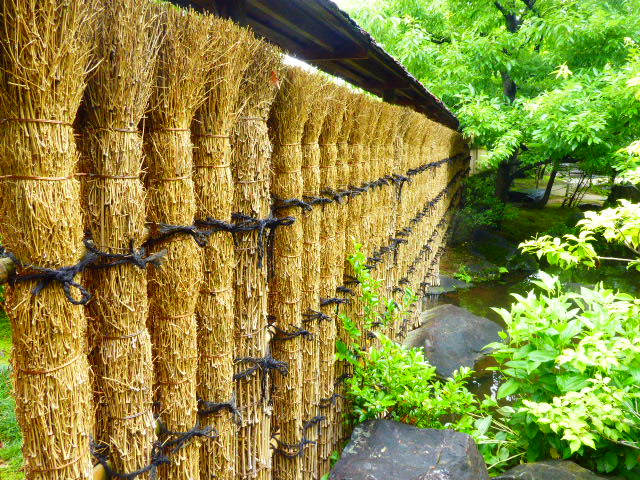
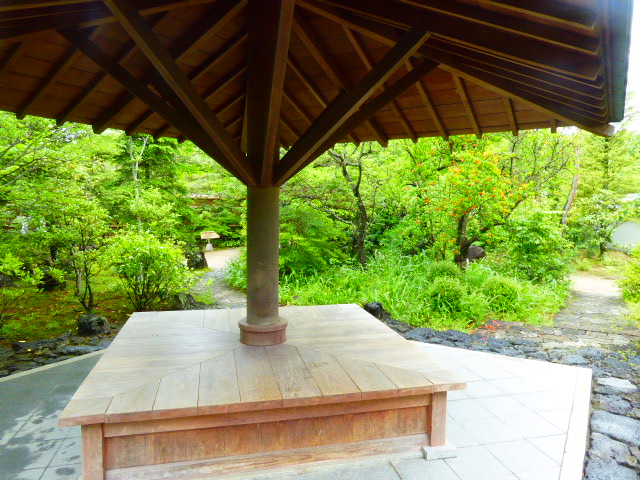
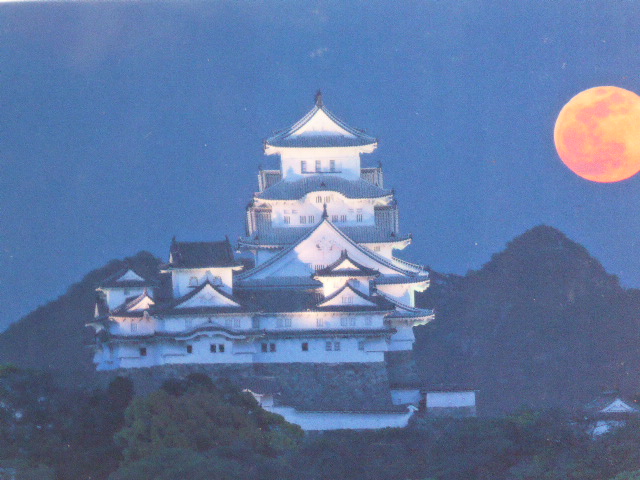
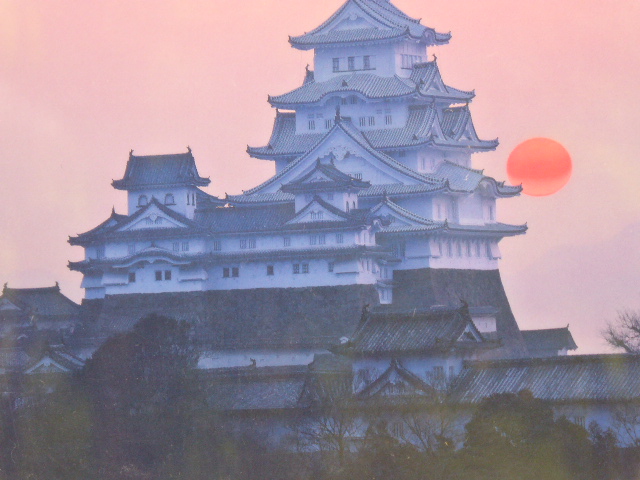
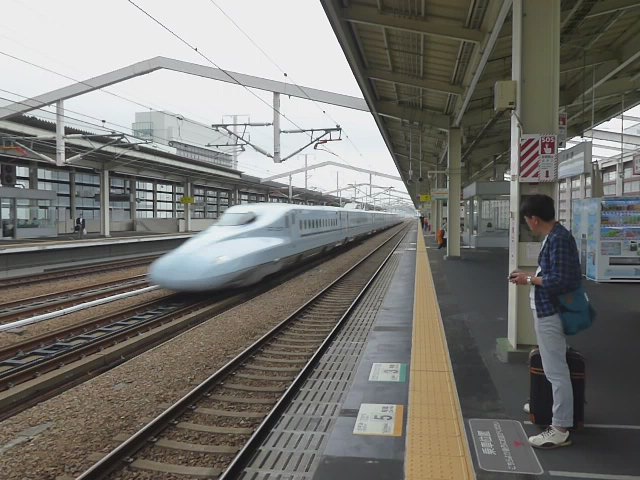
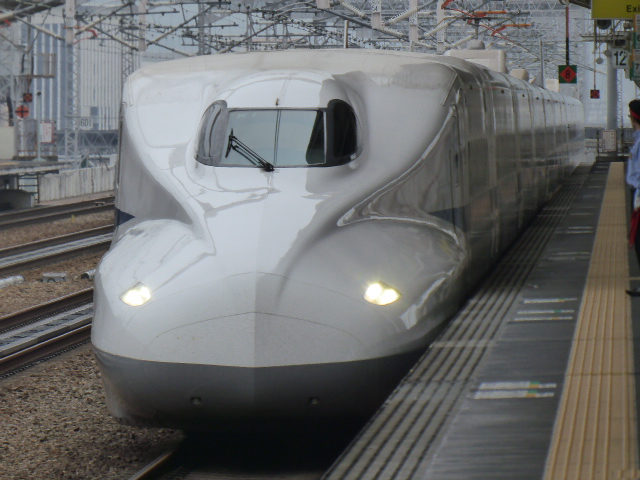
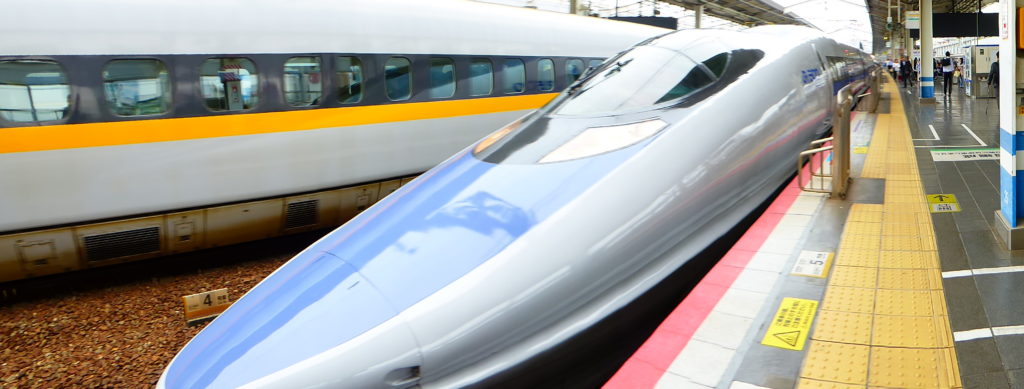

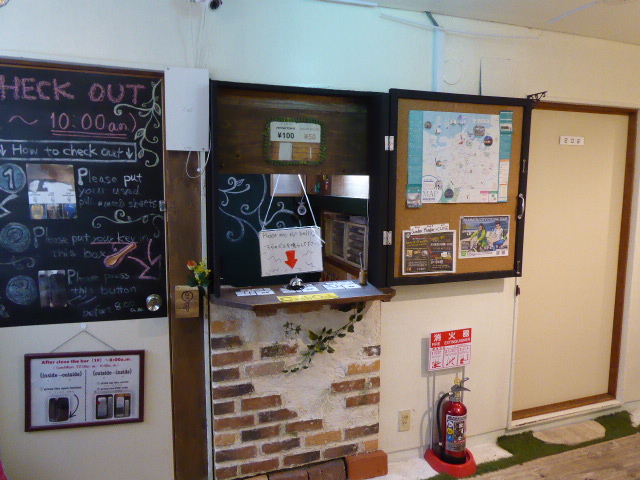
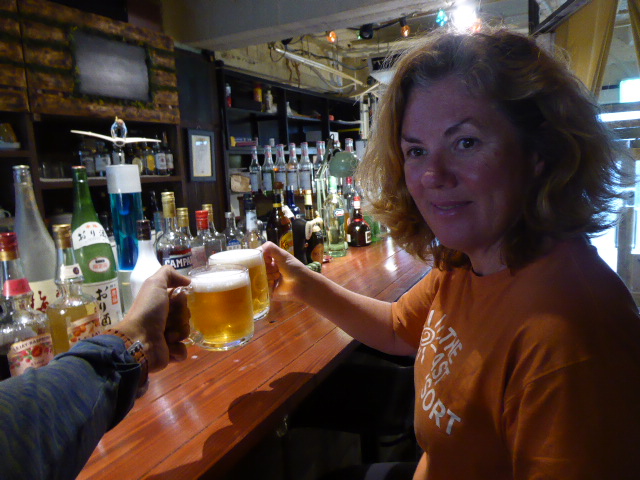


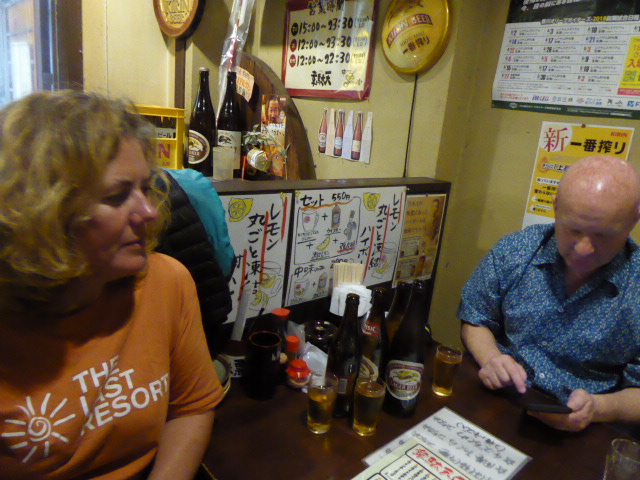
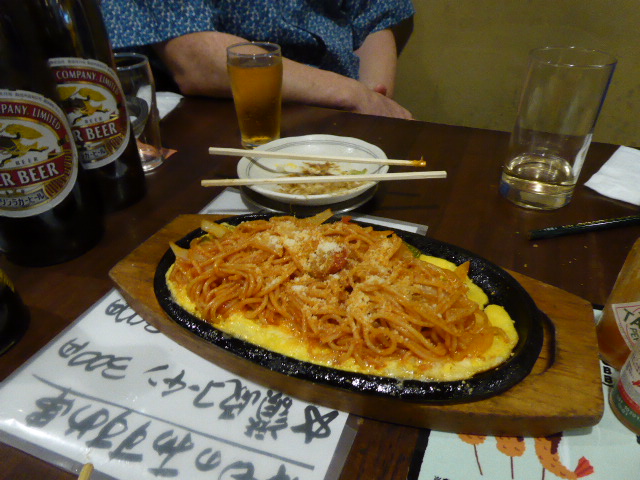
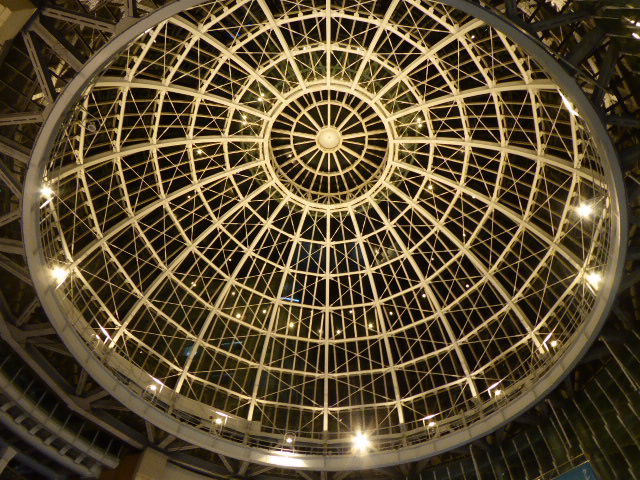
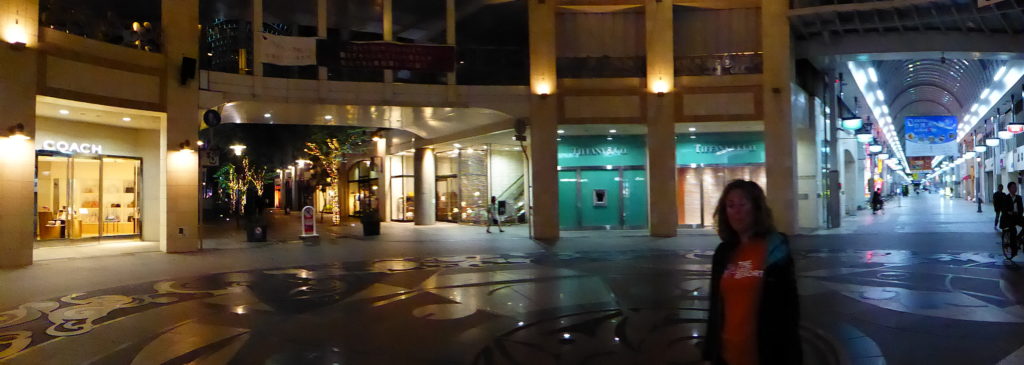
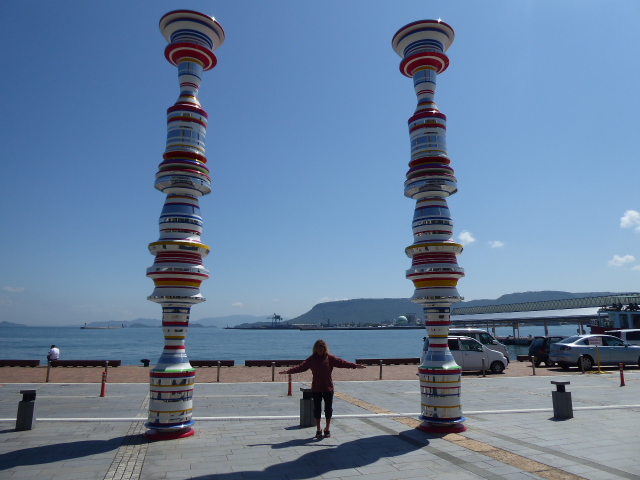

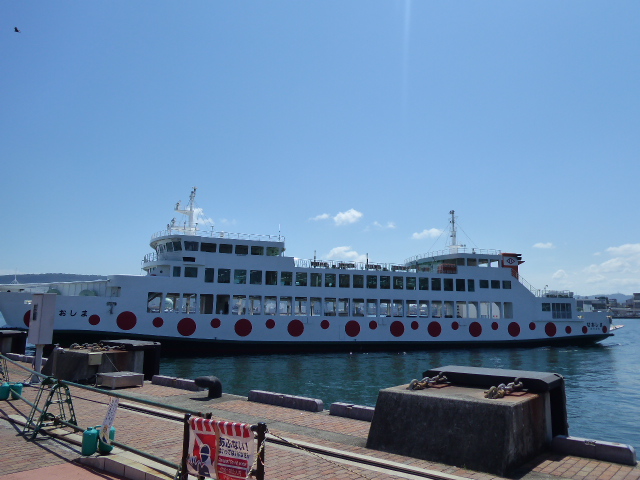



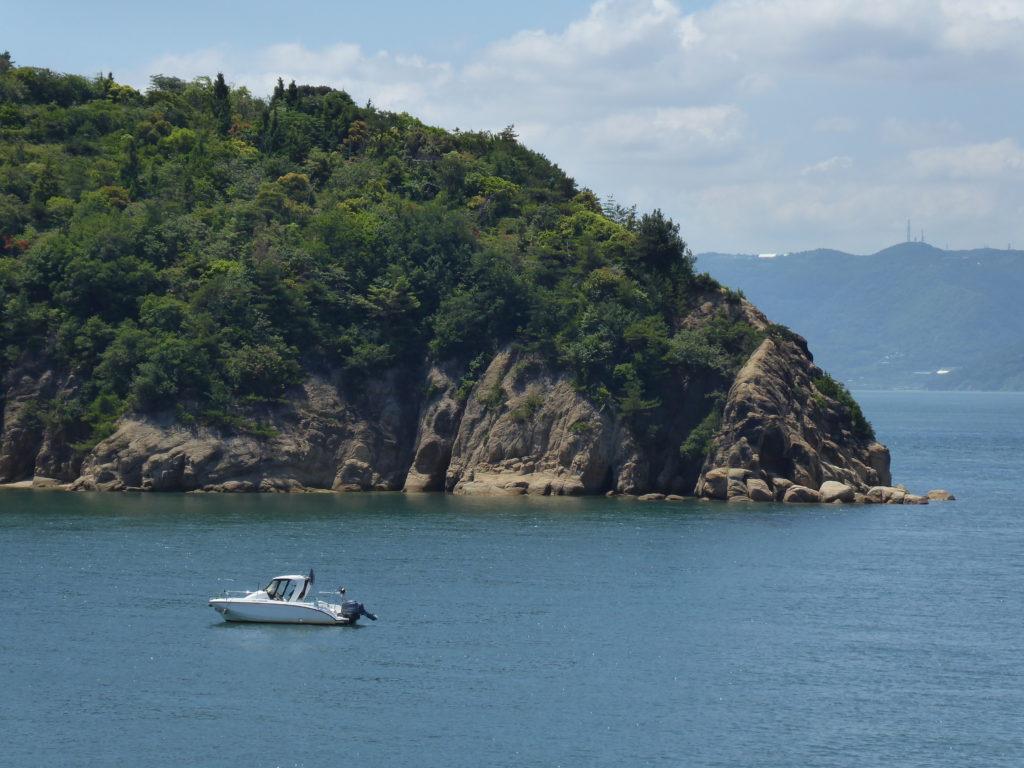
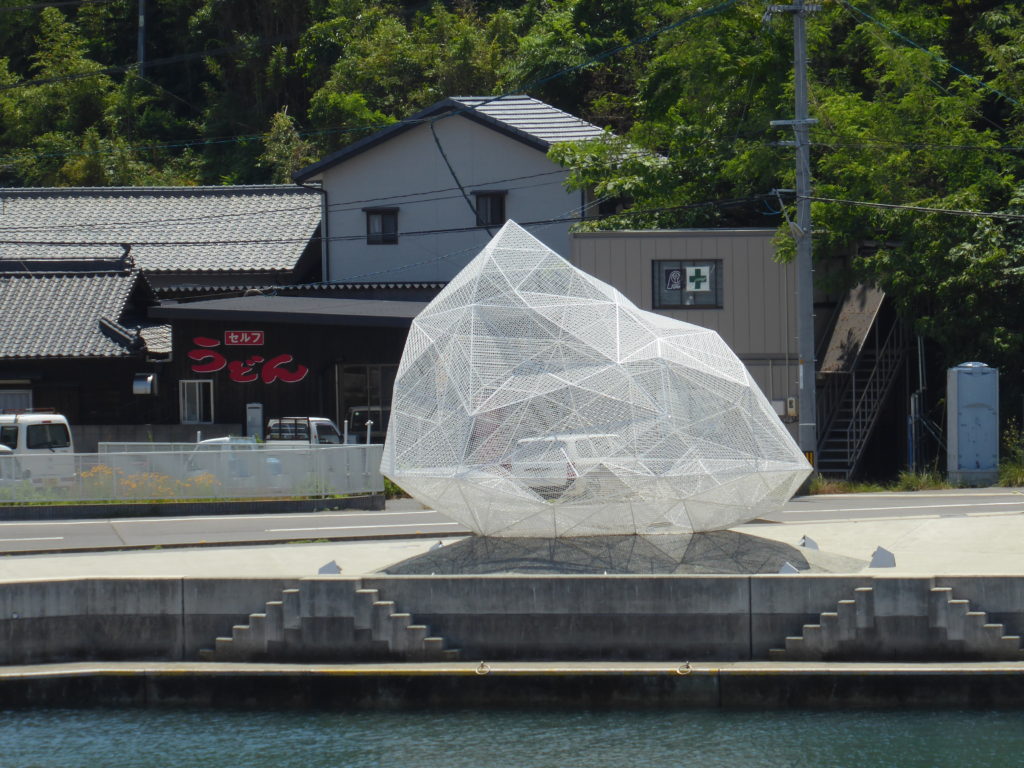
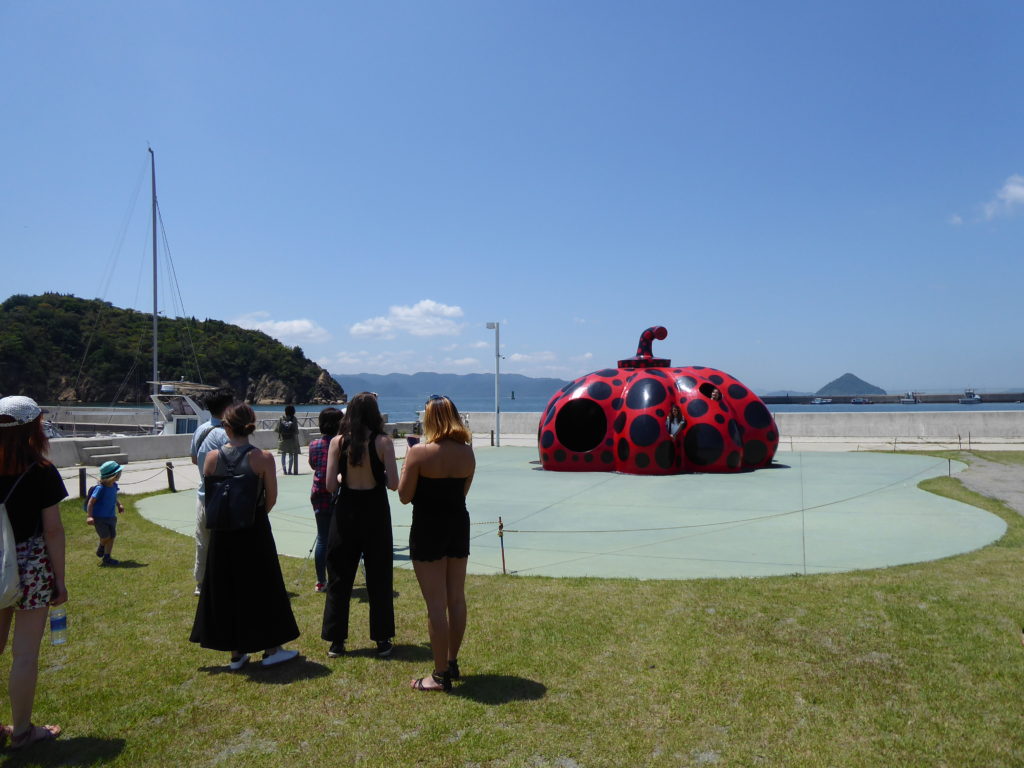
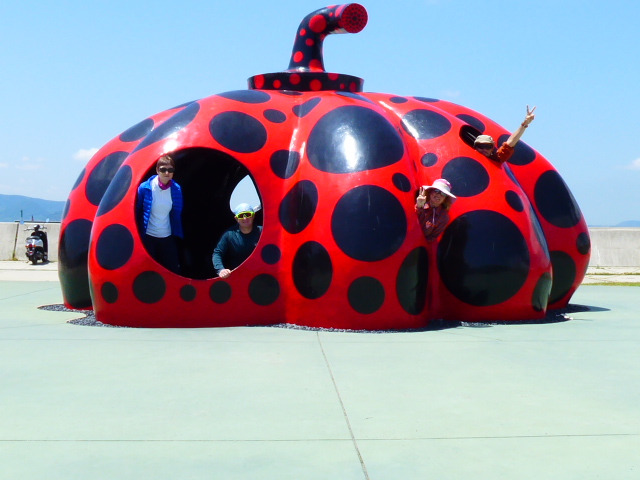
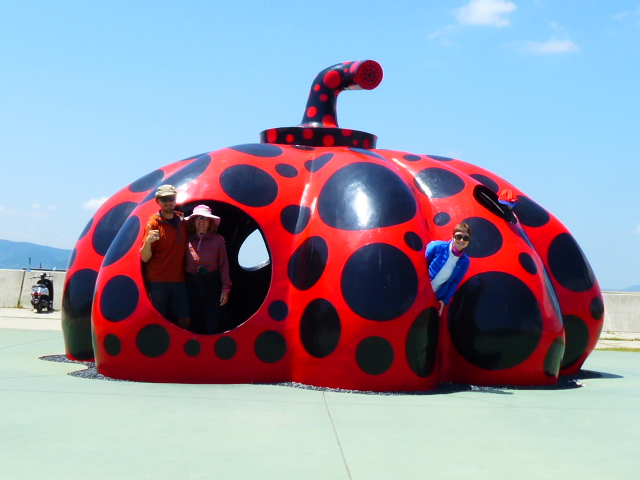

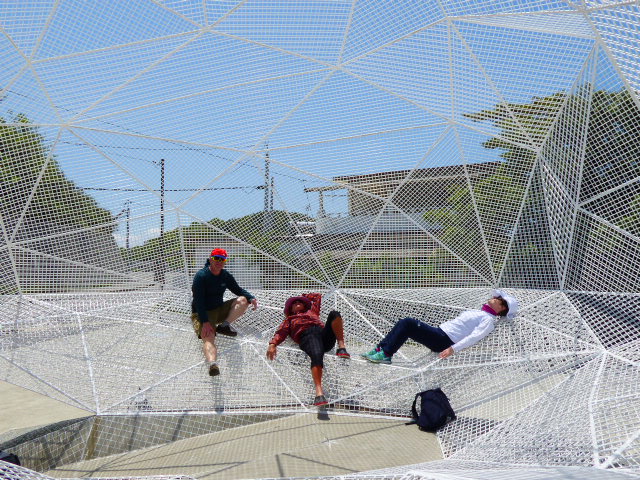
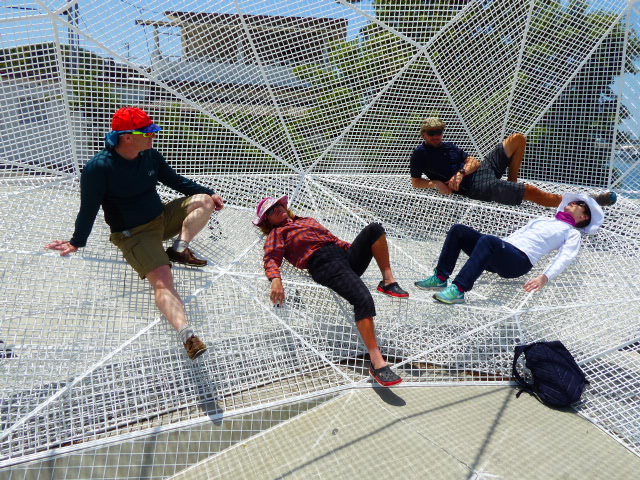
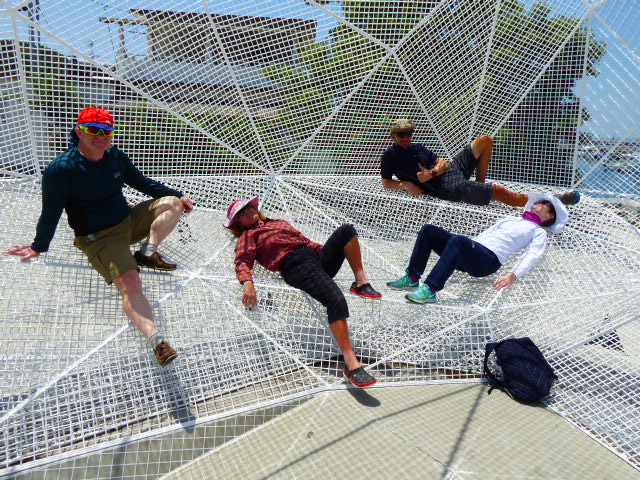


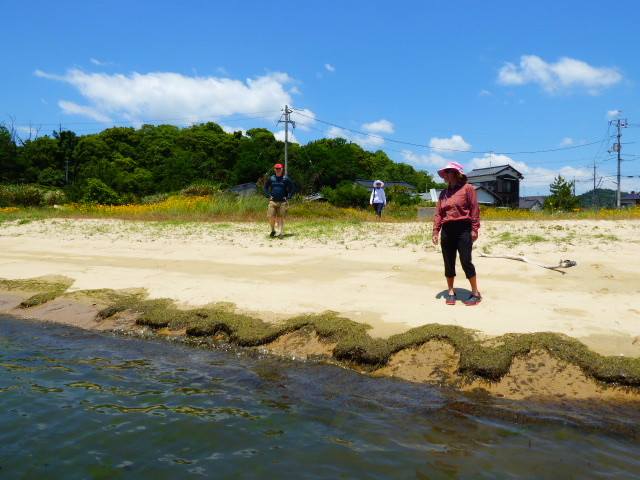
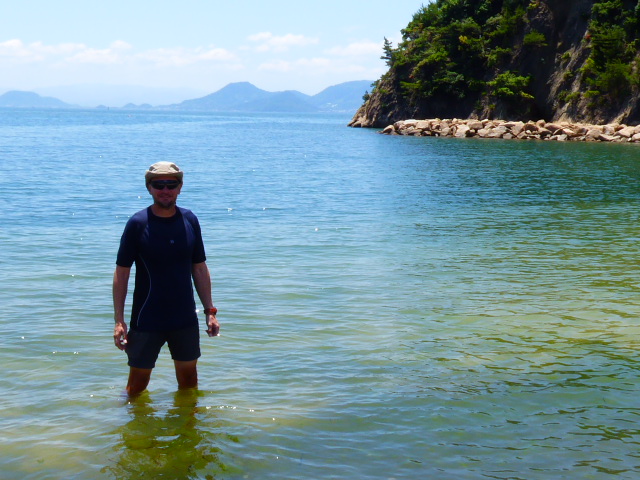
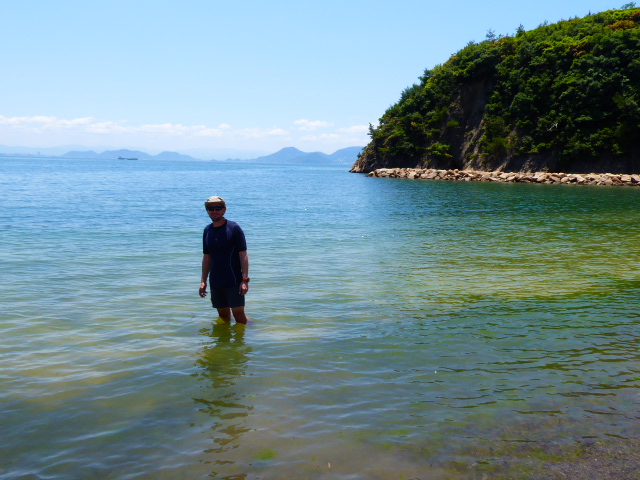

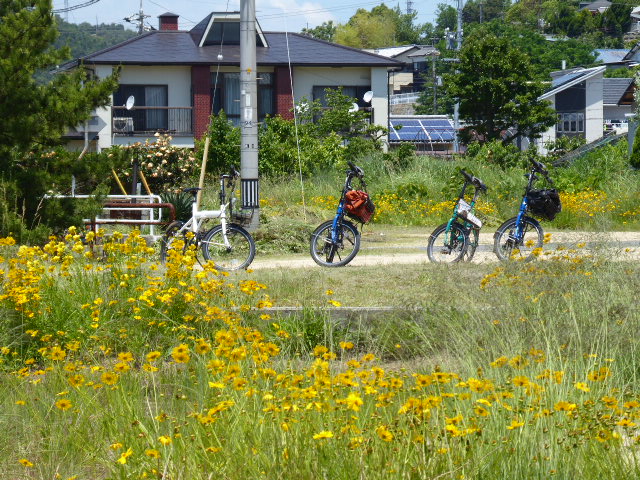
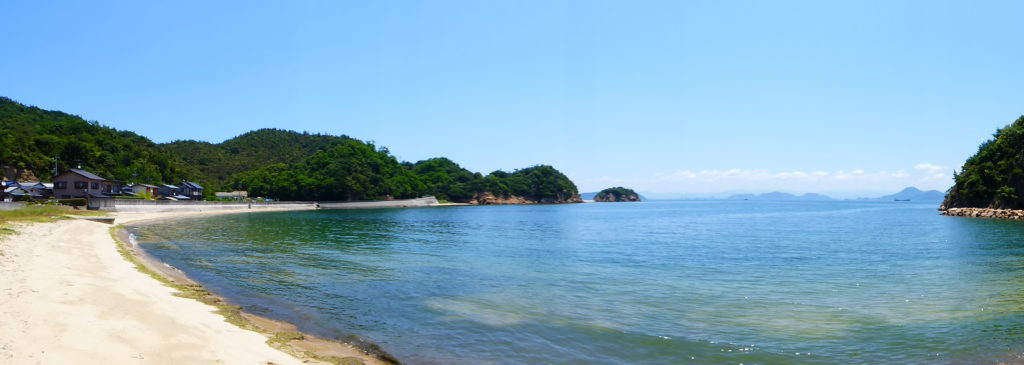
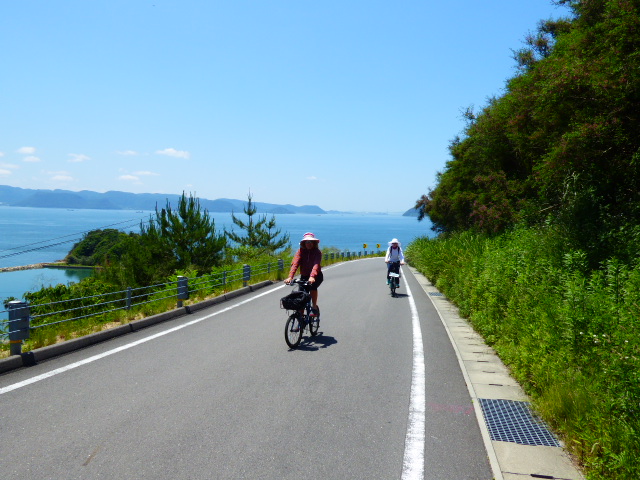

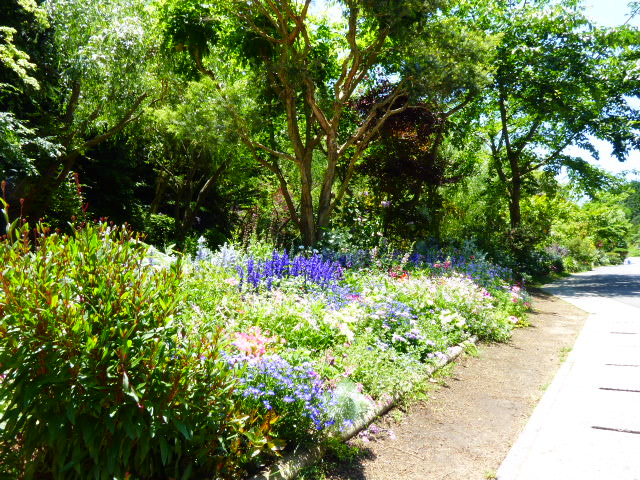

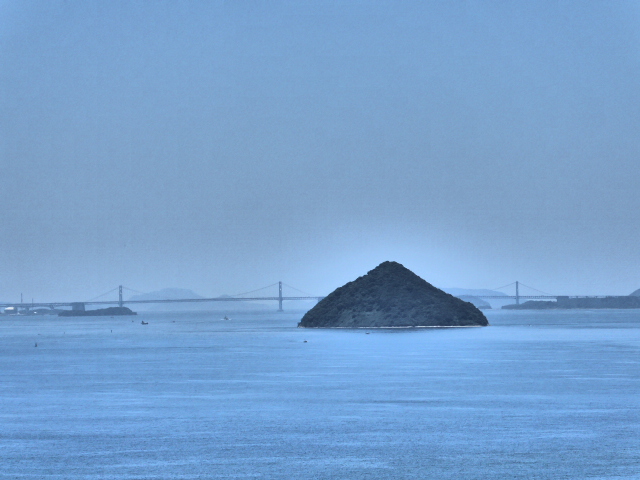
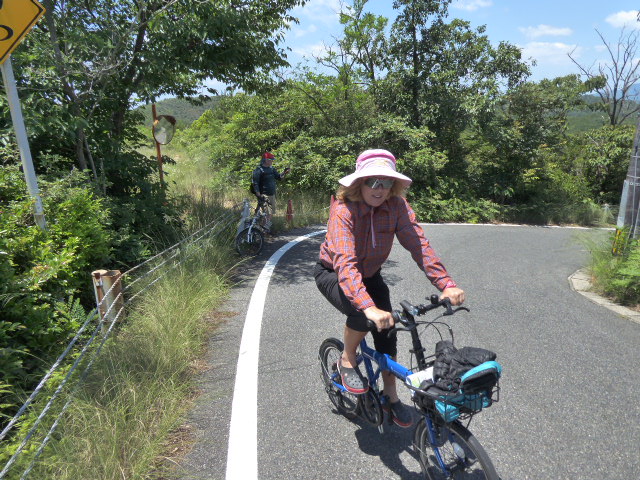
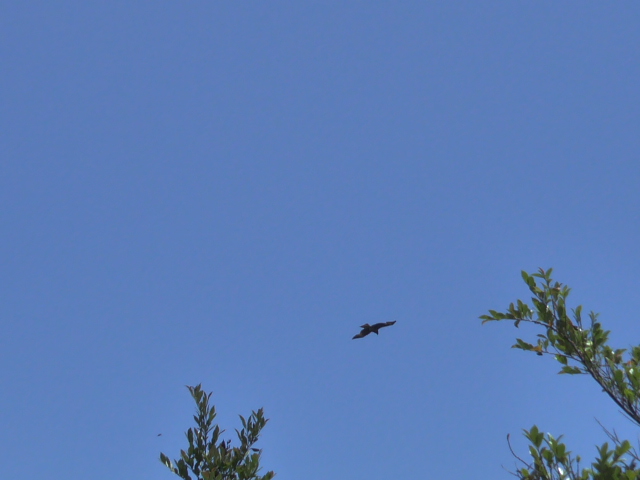

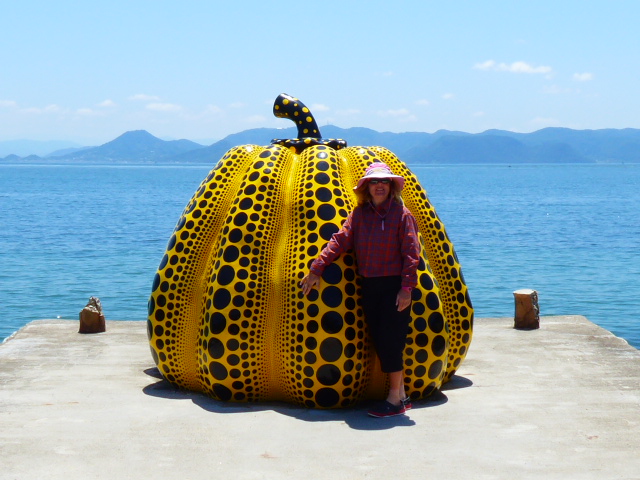
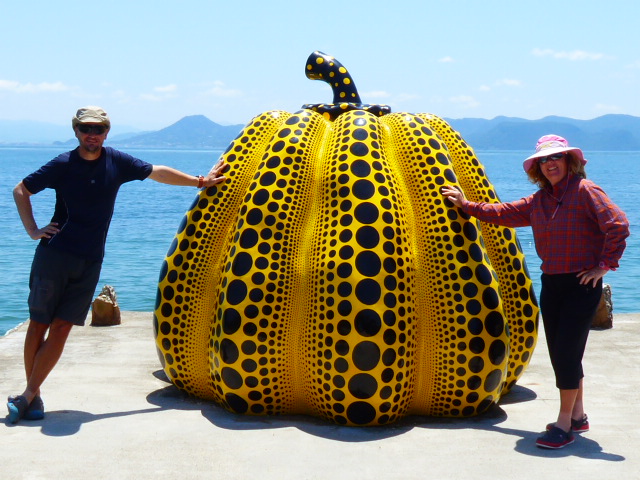
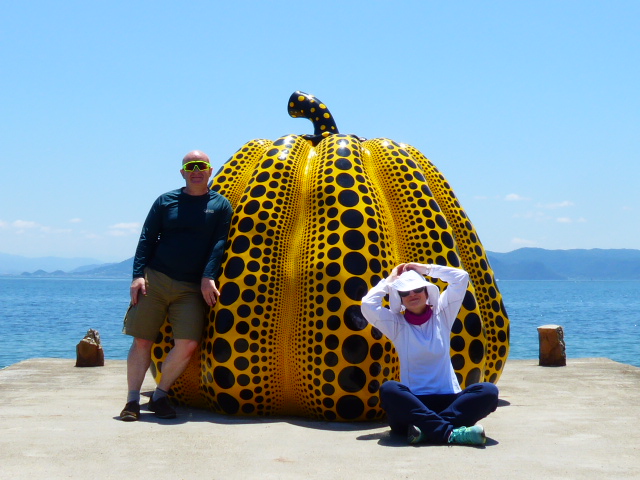

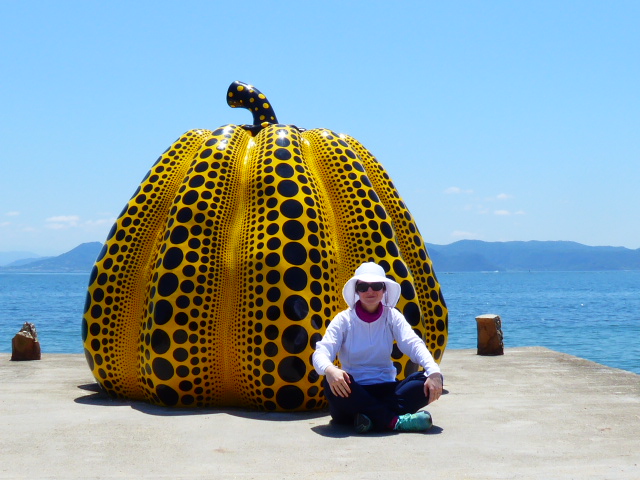
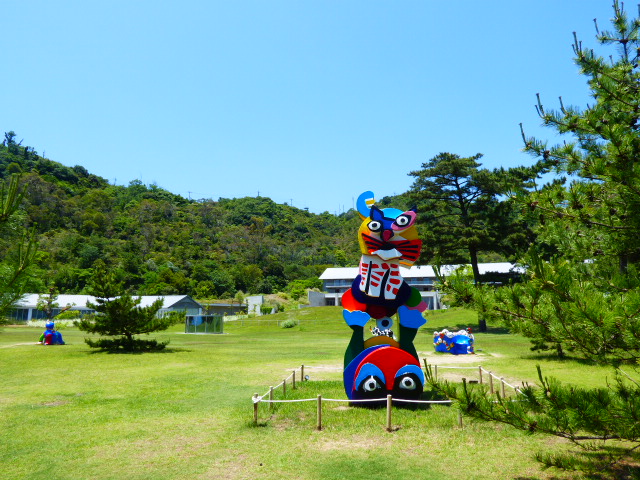
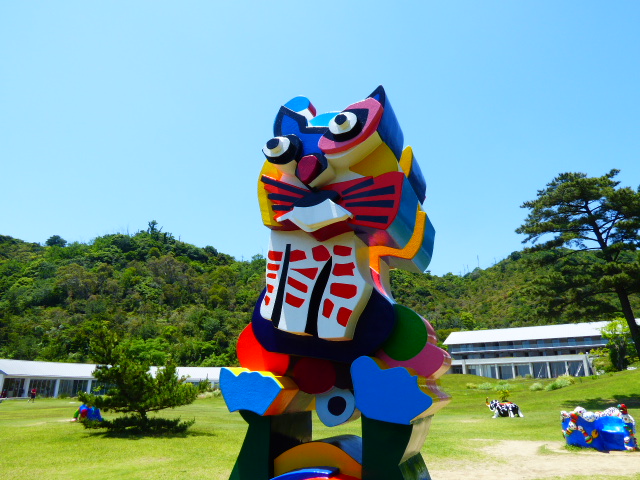
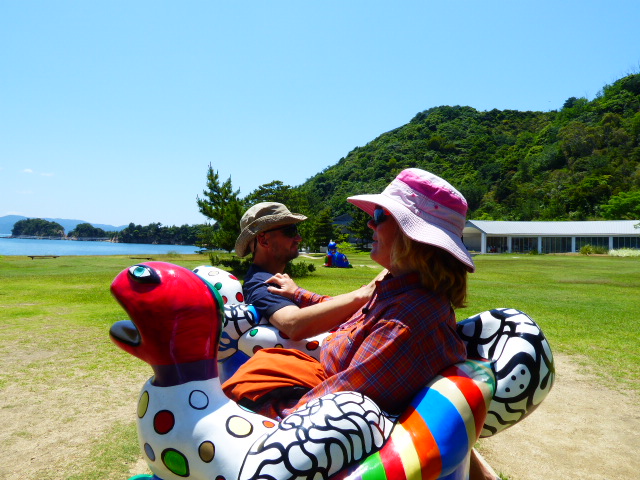

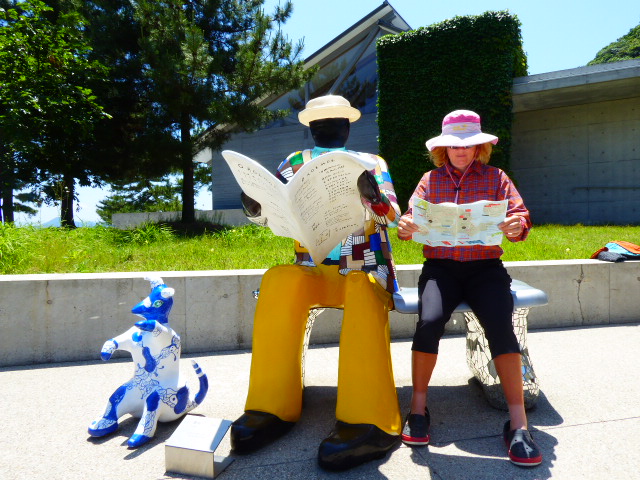
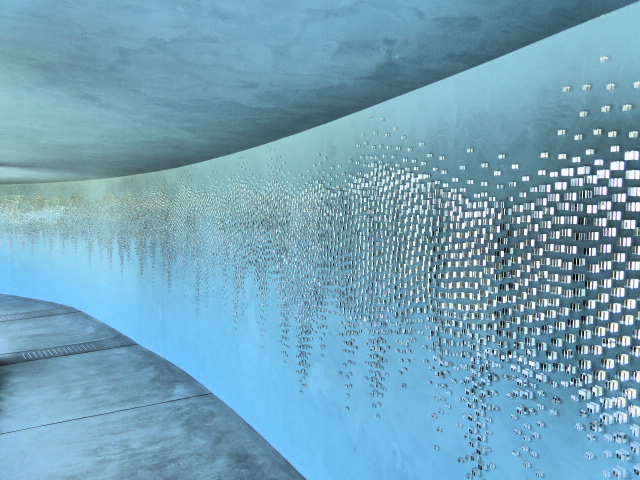

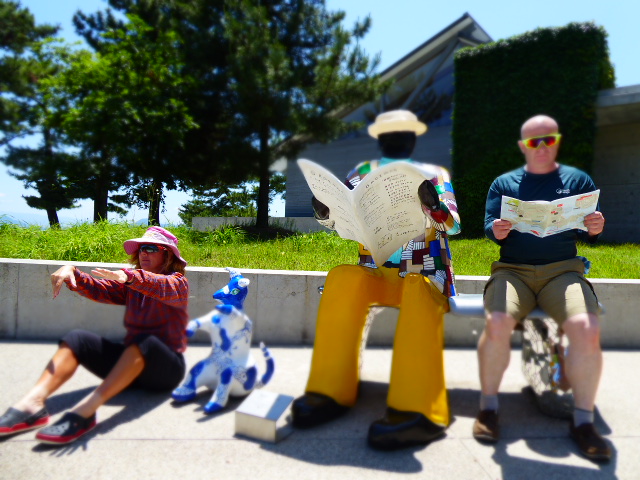
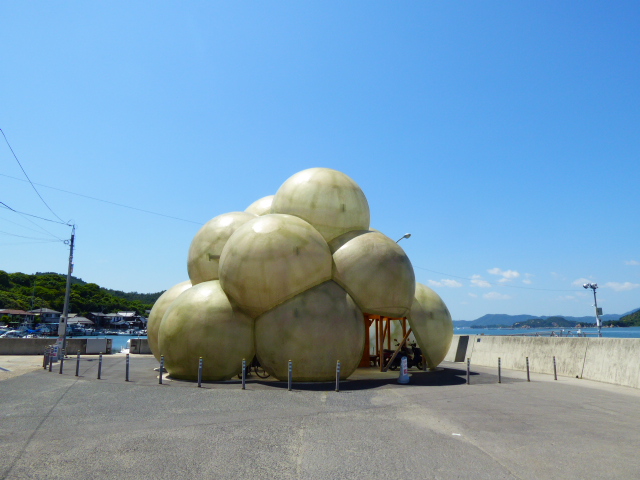
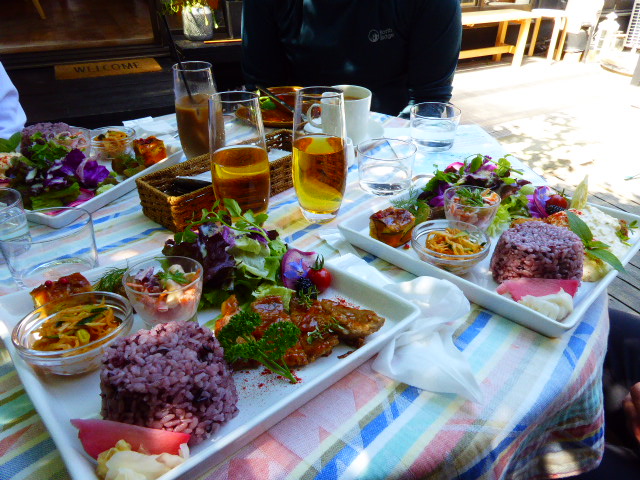
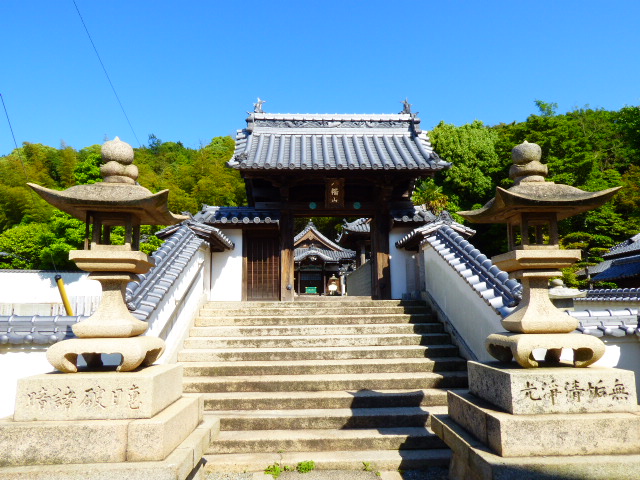
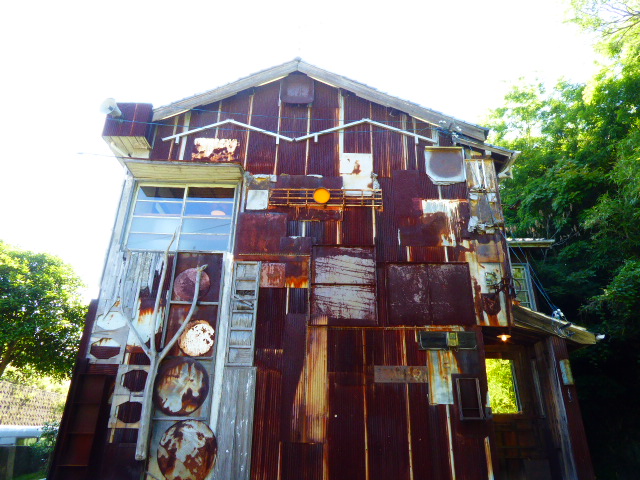
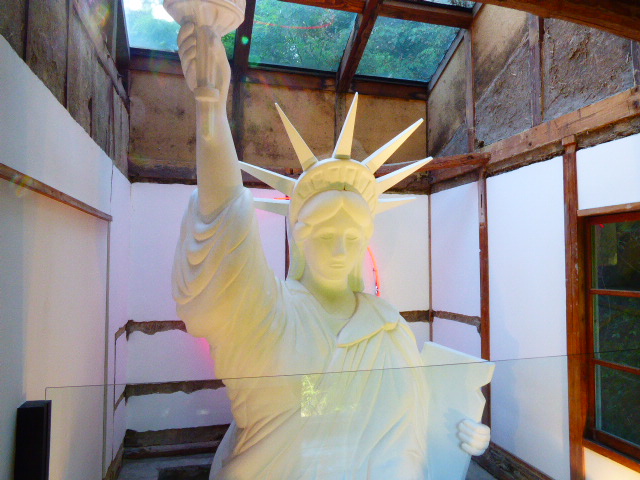
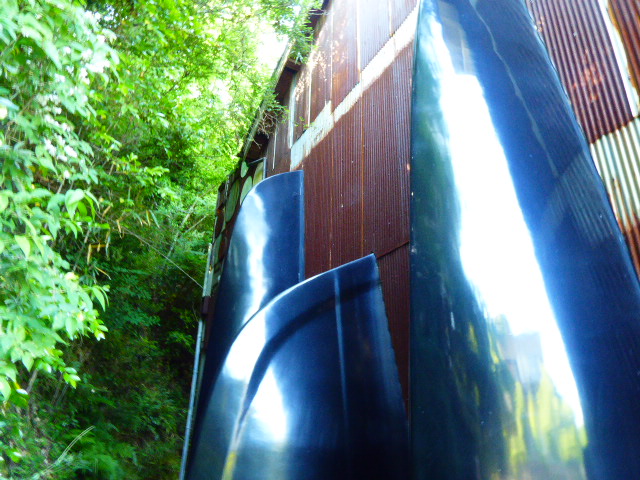
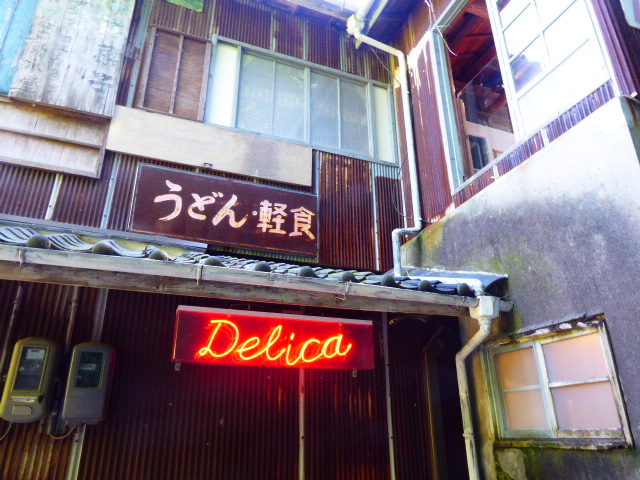
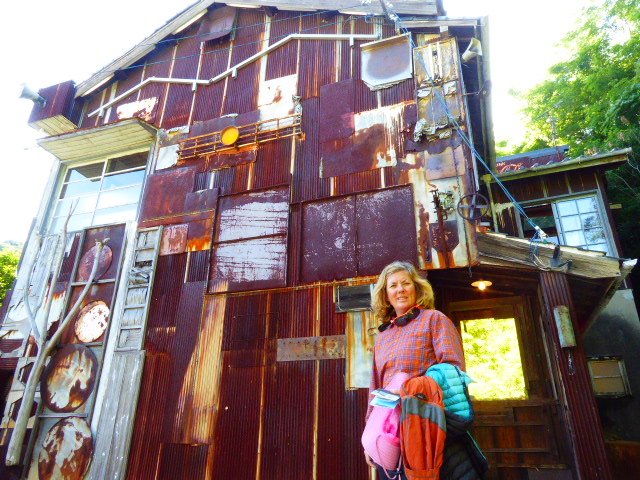
One reply on “Kate and Brett’s Visit Part 1 – Himeji, Takamatsu and Naoshima :29th May to 1st June”
Lovely country.
I understand language is a strong barrier, but I wonder how come you don’t have closer contacts with the locals?
I have read posts with many cyclists having great experiences with Japanese.